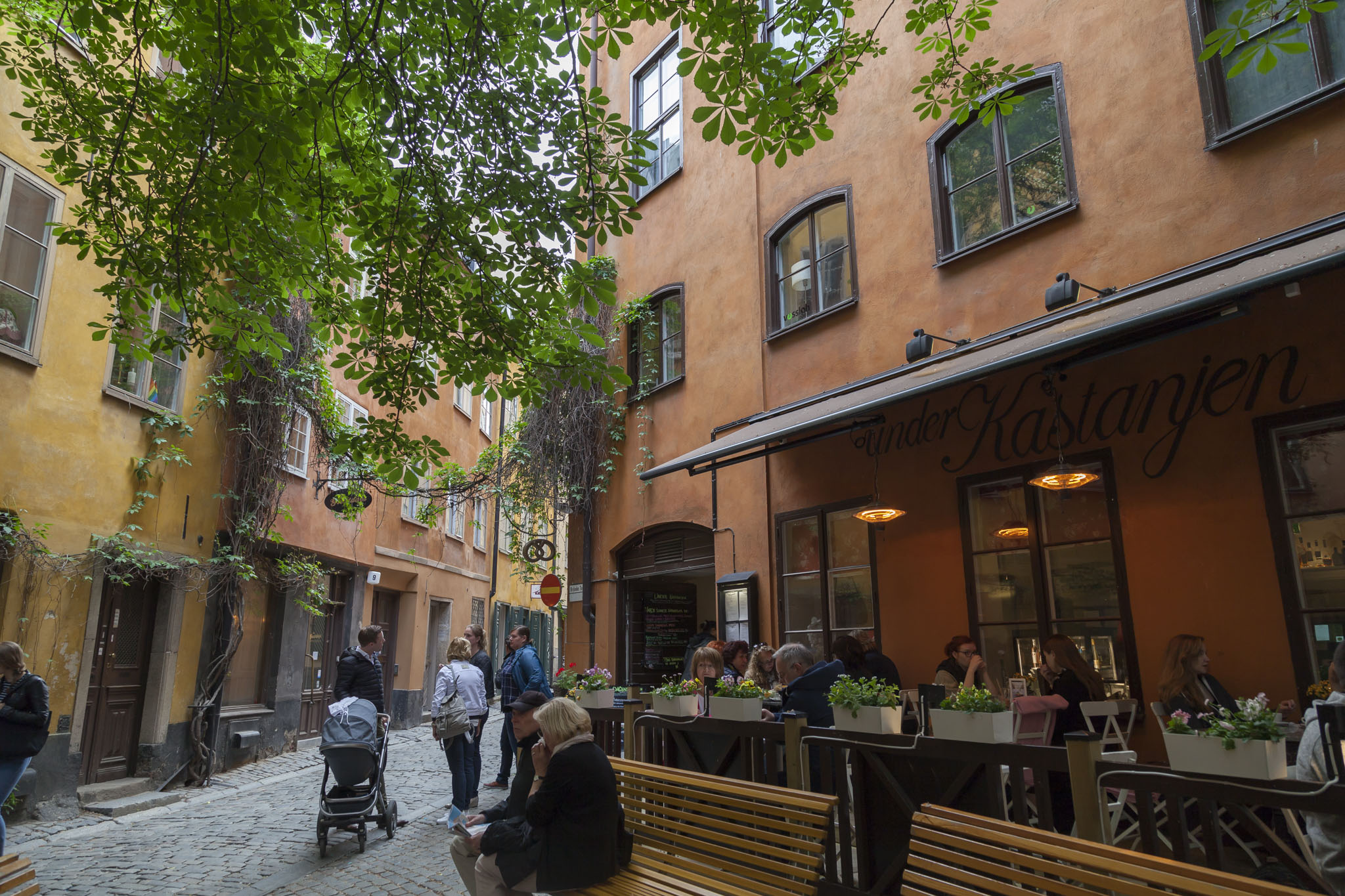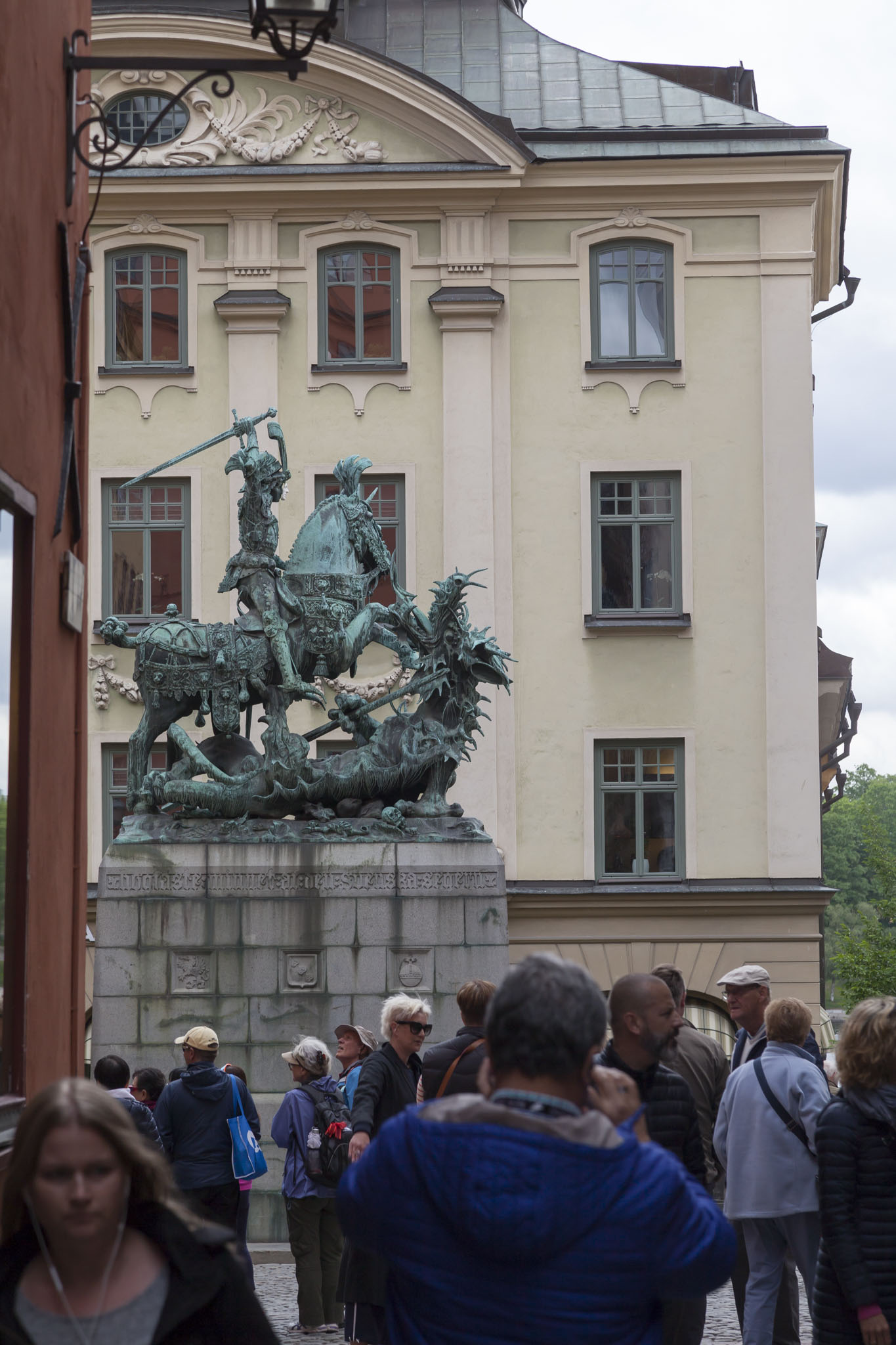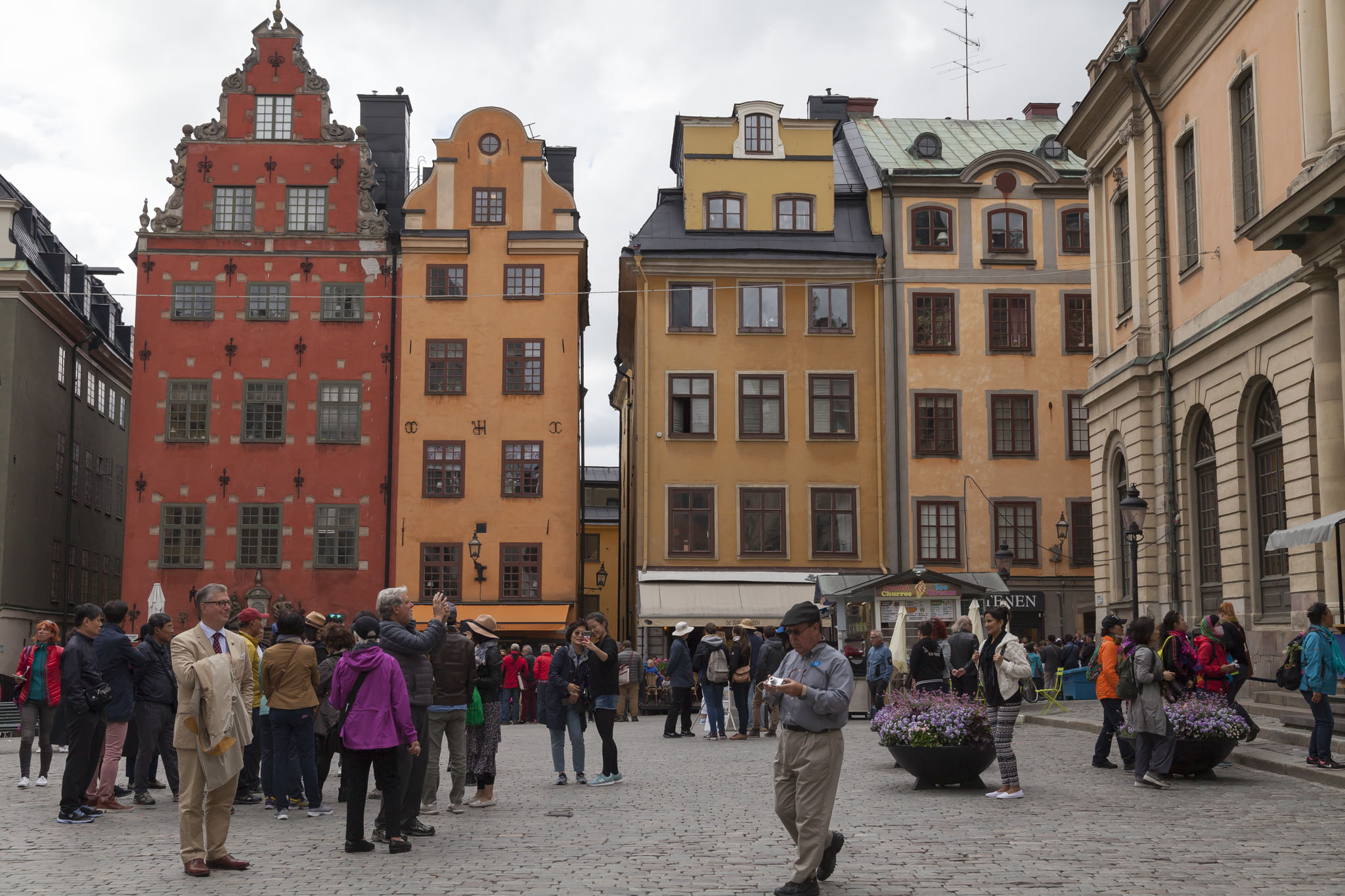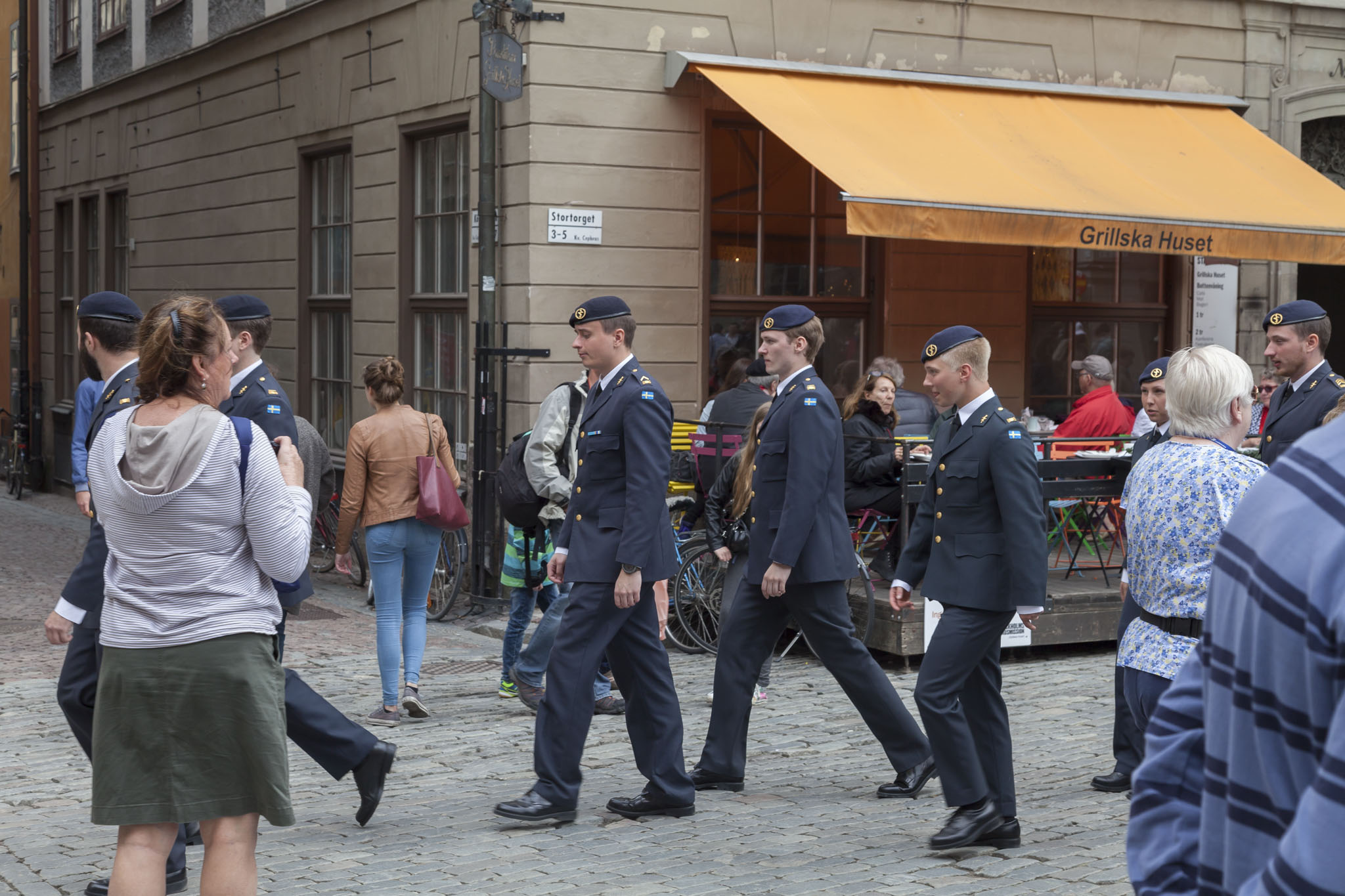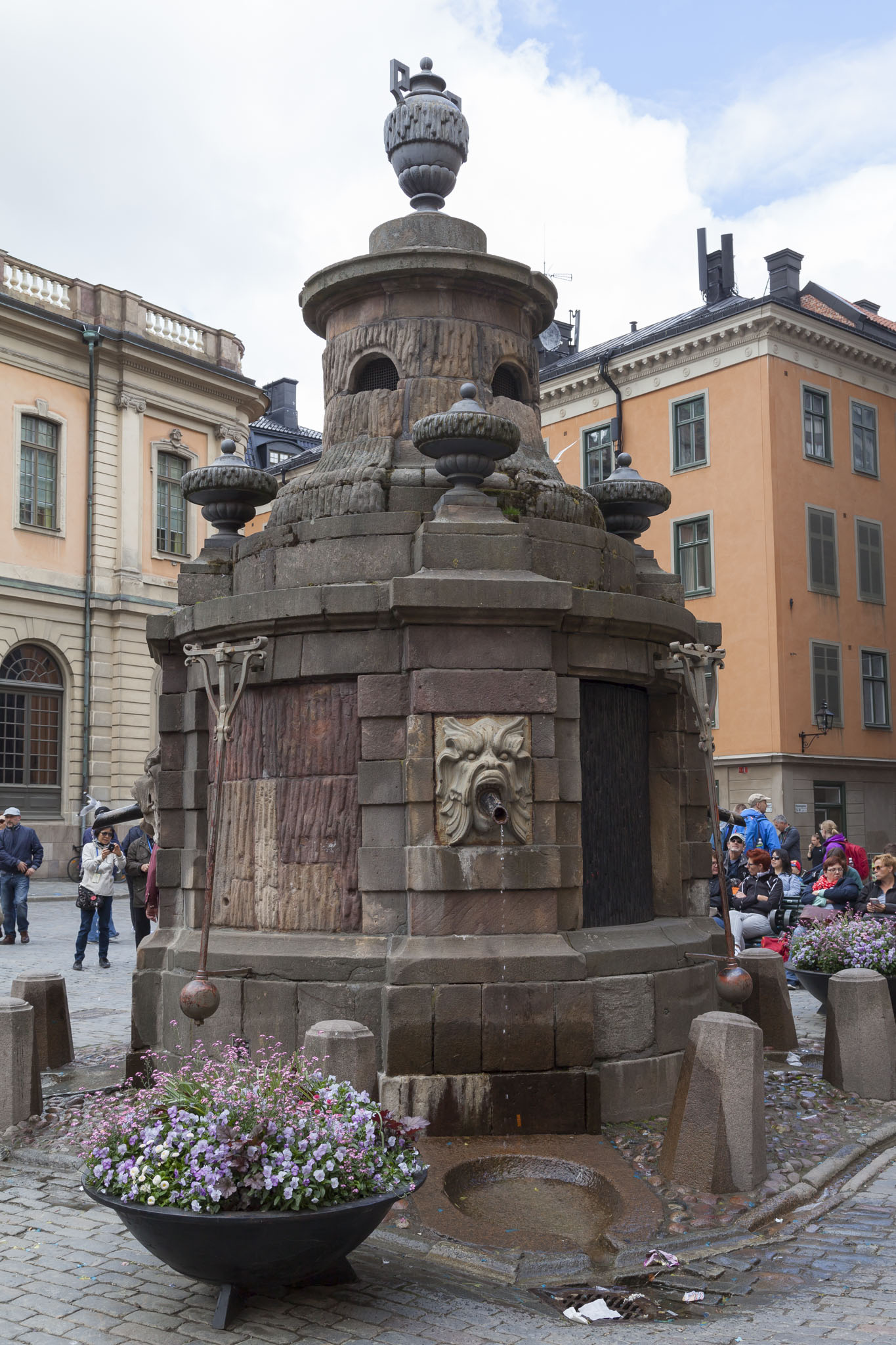The final stop on our half-day excursion in Stockholm was at Gamla Stan, the Old Town, the location where Sweden’s capital city was founded in 1252 and one of the best preserved medieval city centres in Europe.
Stockholm Cathedral
We started our guided, walking tour of Gamla Stan just outside Storkyrkan, the area’s oldest church, known as Stockholm Cathedral commonly but not officially. The interior of the church contains a famous statue of St George and the Dragon where the dragon is supposed to represent the Danish king, Christian I. We had to imagine it, though, as we didn’t have time to venture inside the historic building.
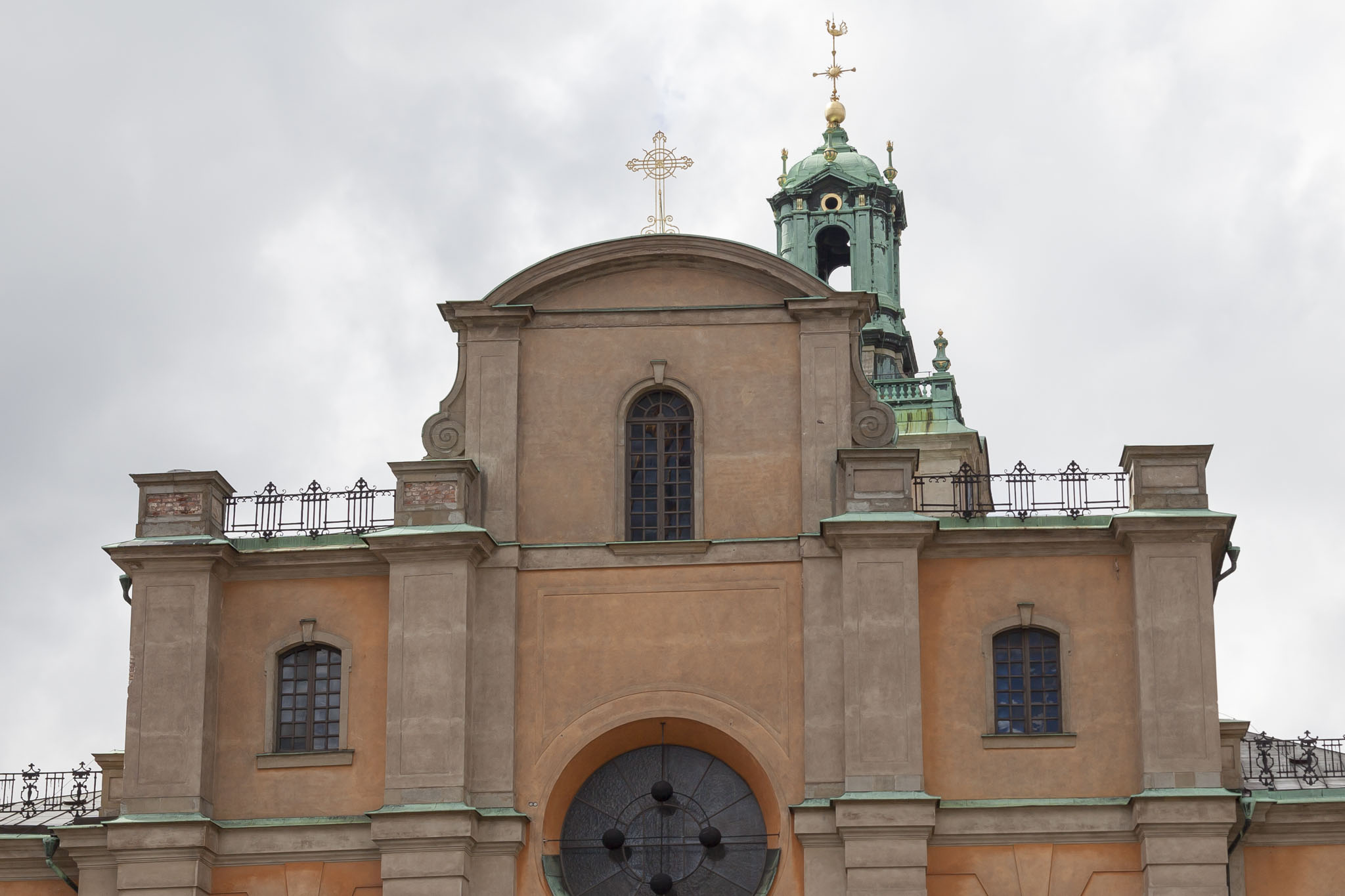
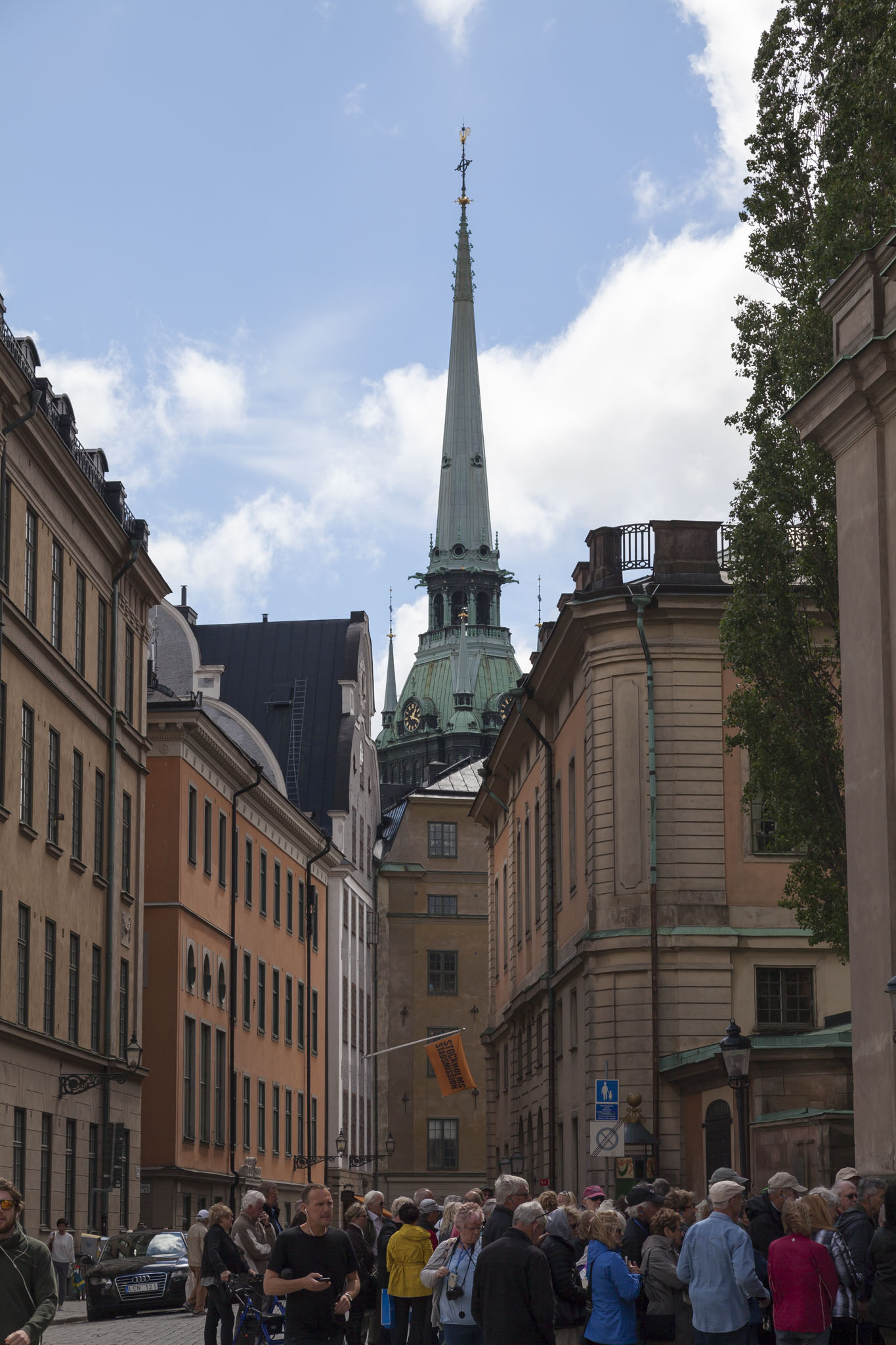

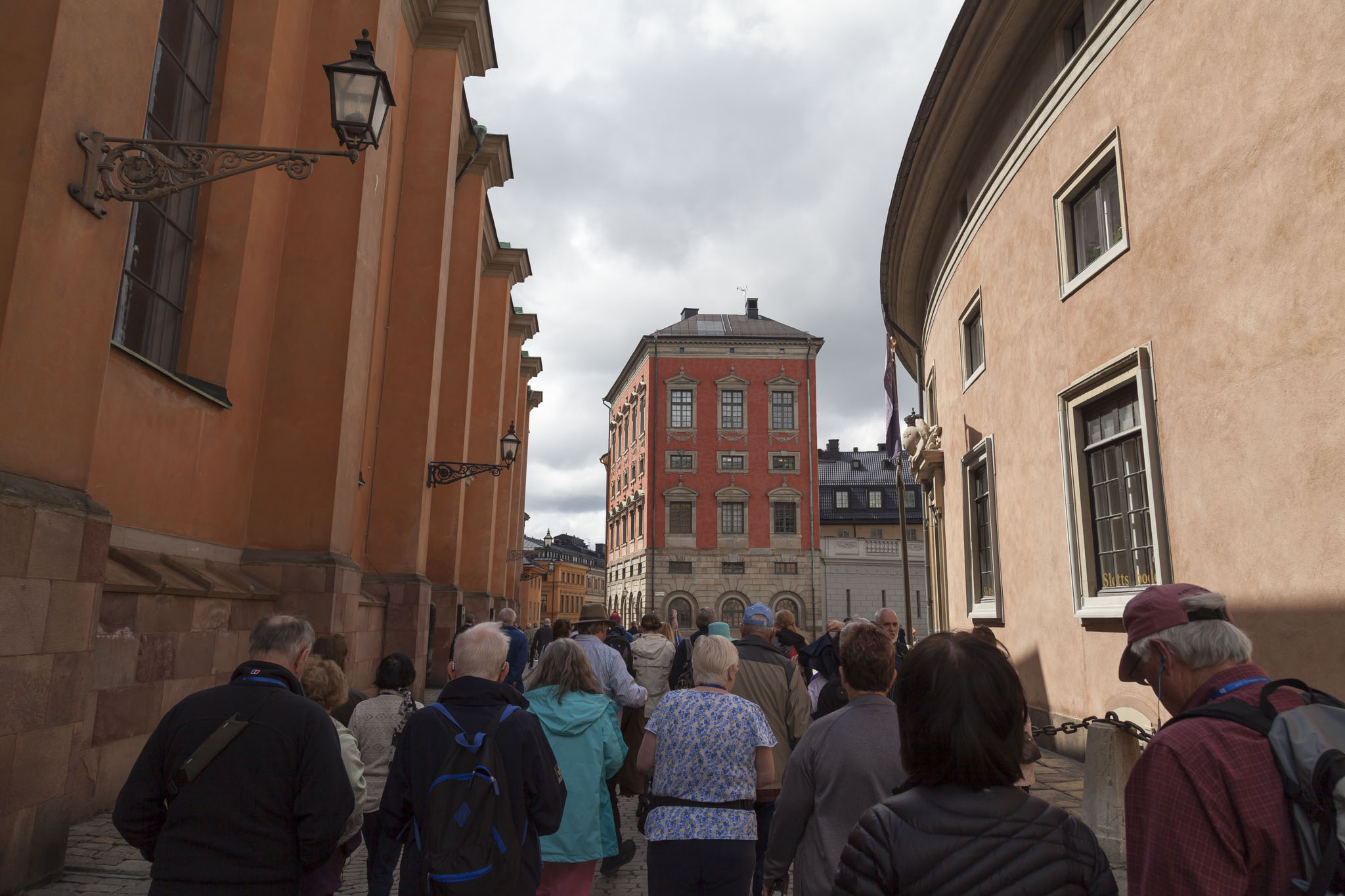
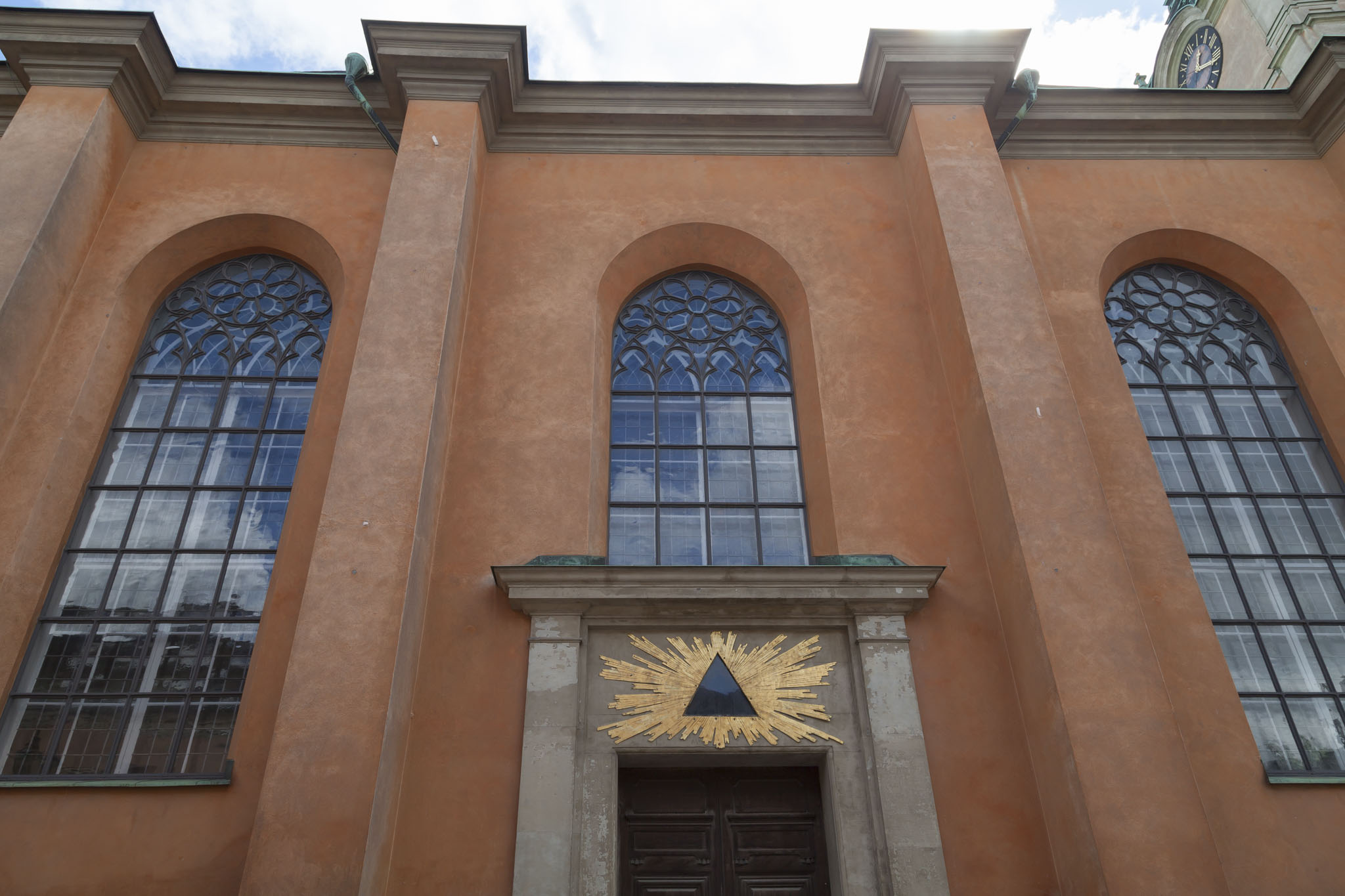
Stockholm Palace
Adjacent to the cathedral was the palace, Kungliga slottet, which we didn’t enter, although it is open to the public. We stepped into the parade square to the building’s west where we heard a little of some of the history and important events that had taken place in the palace with particular emphasis on the various architectural changes that had occurred over the centuries.
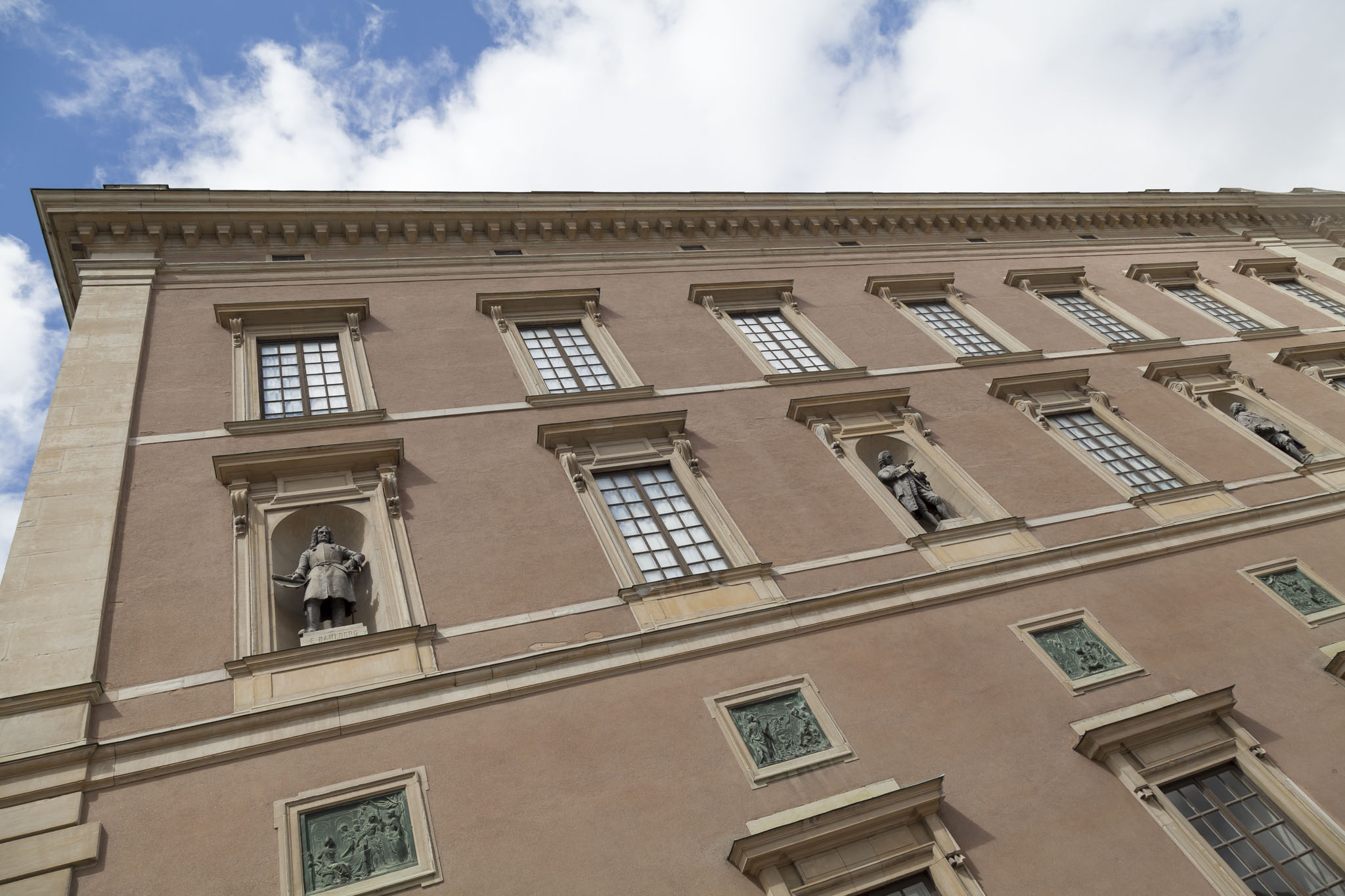
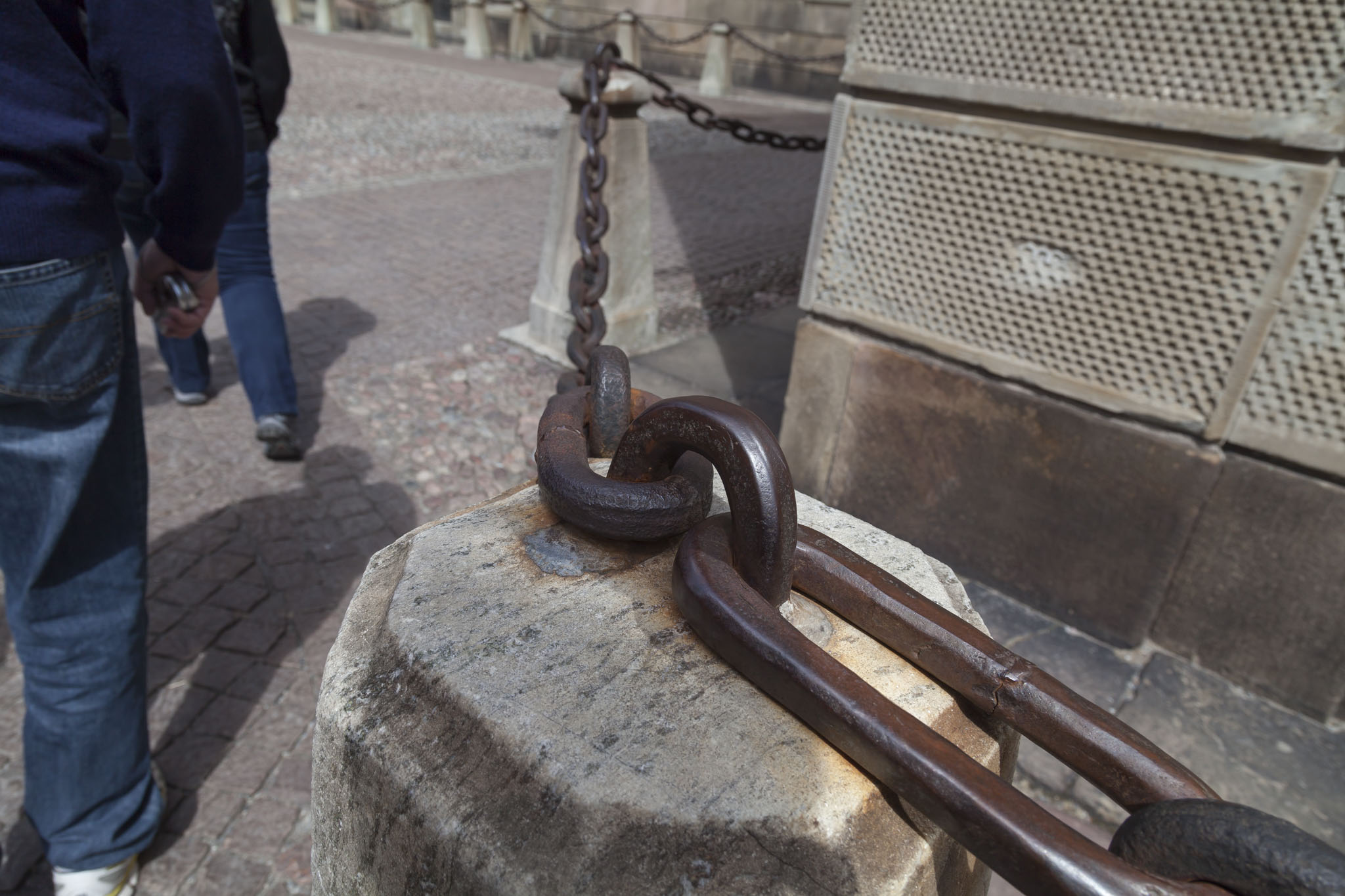
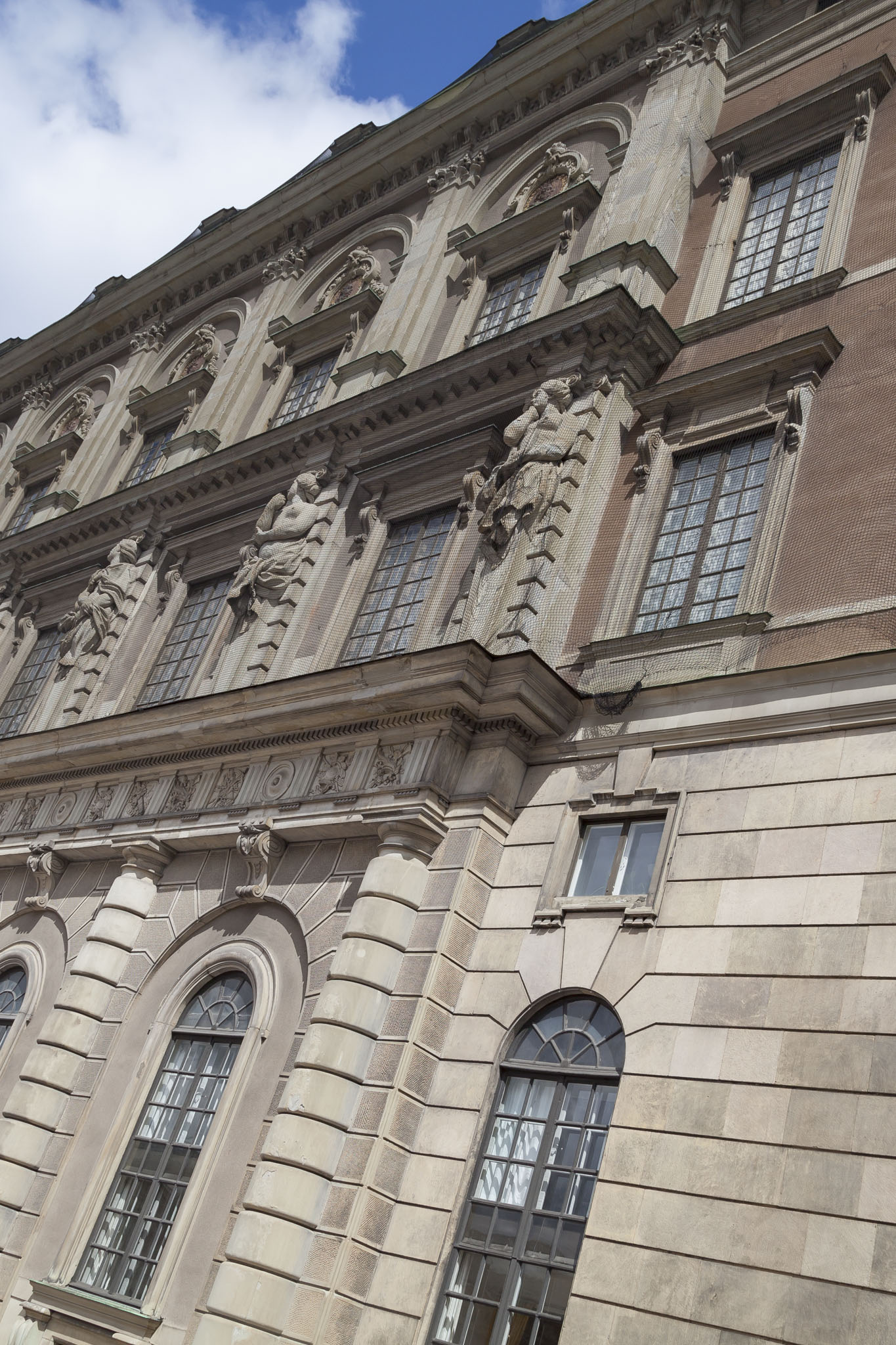
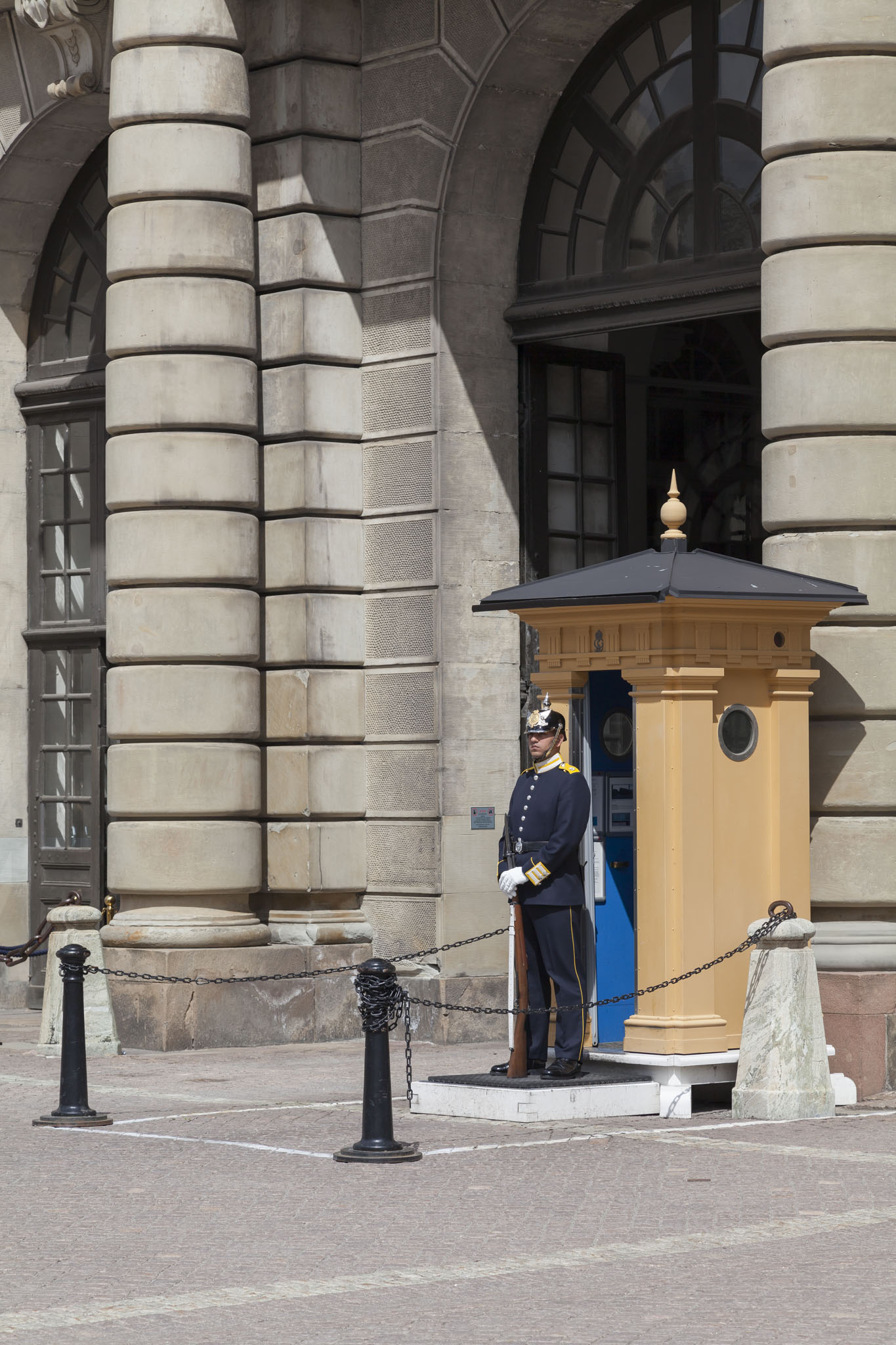
Stortorget
We then proceeded on a fairly circular walk through some of Gamla Stan’s roads and alleys to take us towards Stortorget.
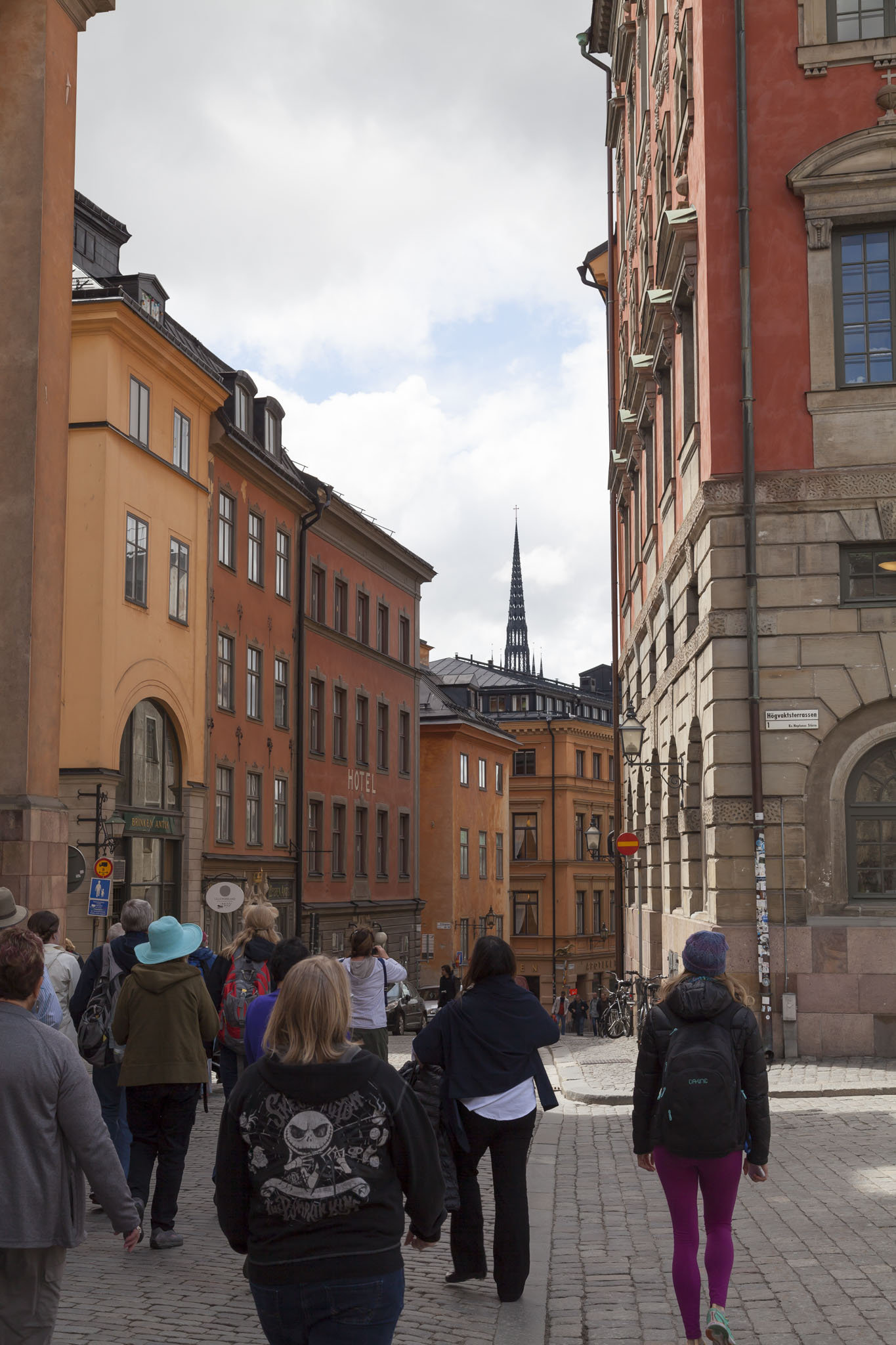
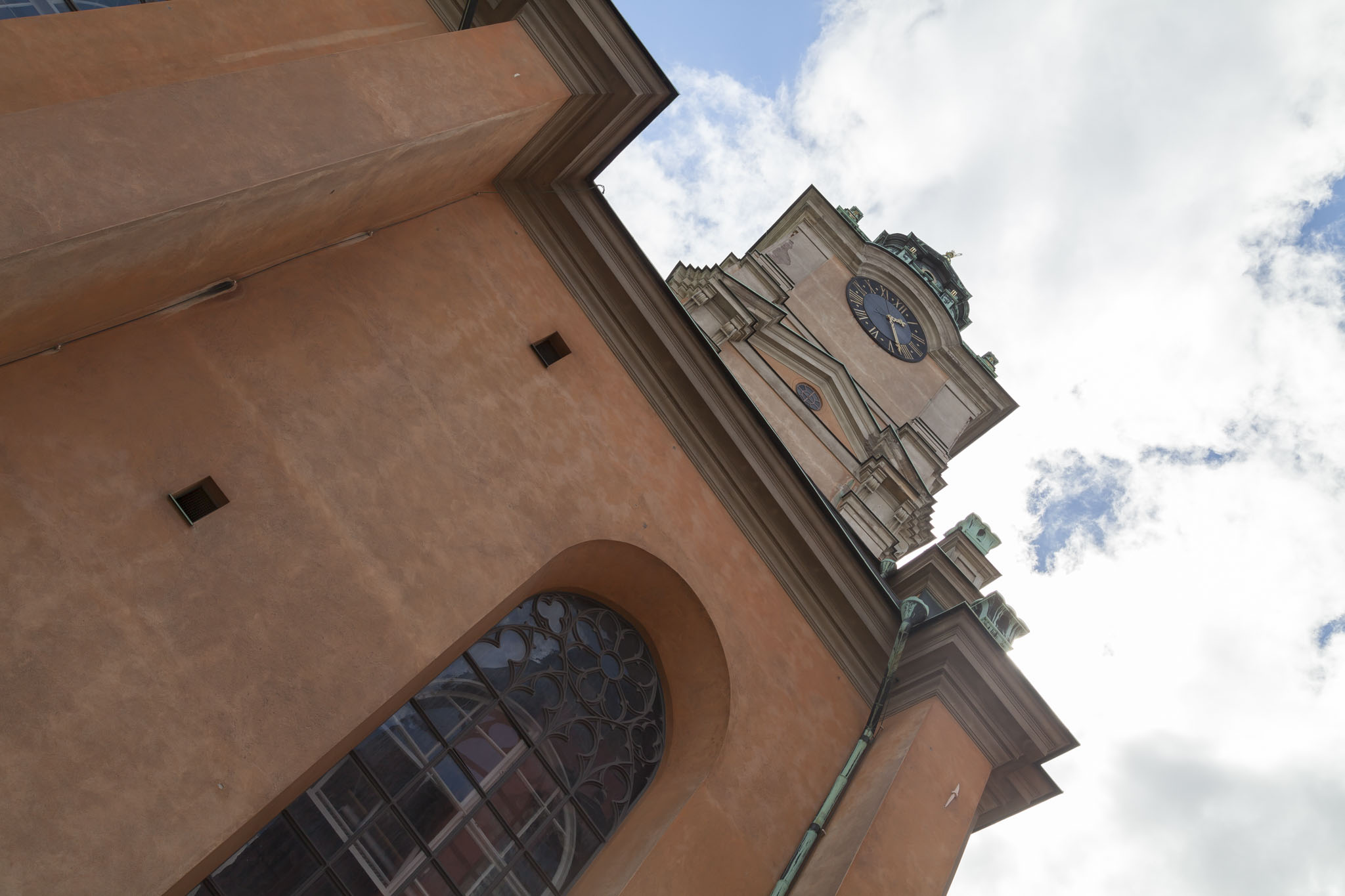
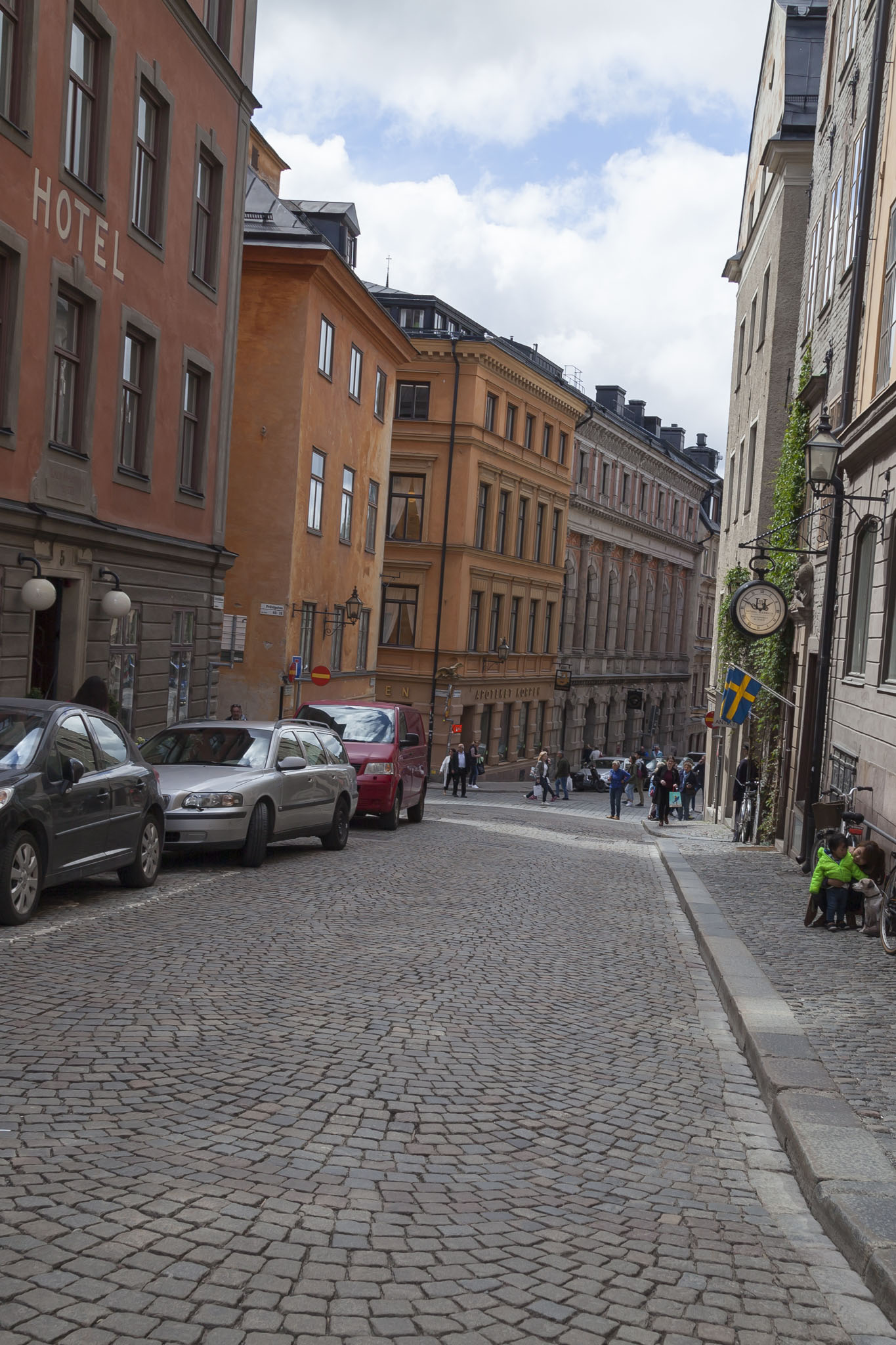
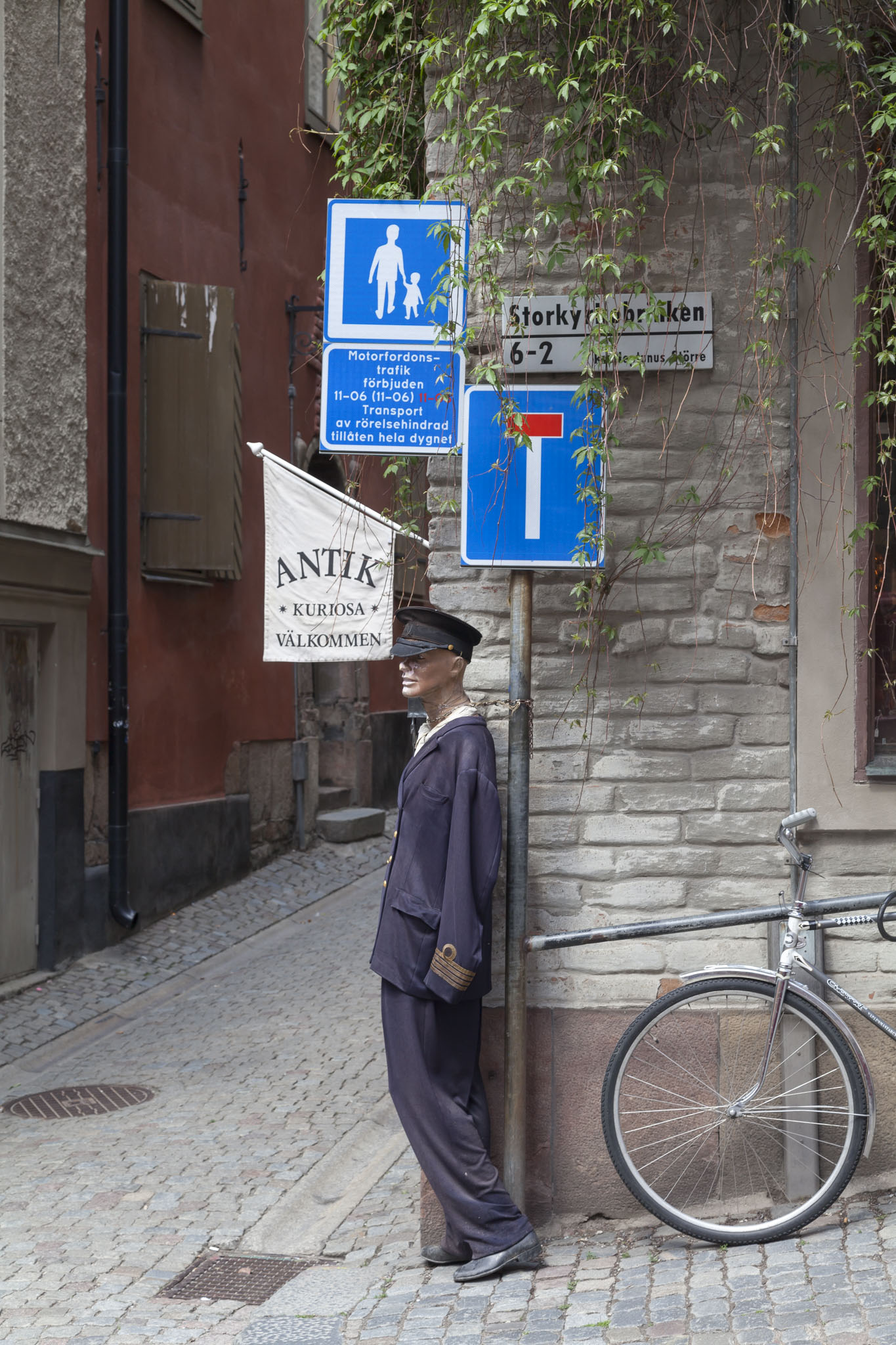
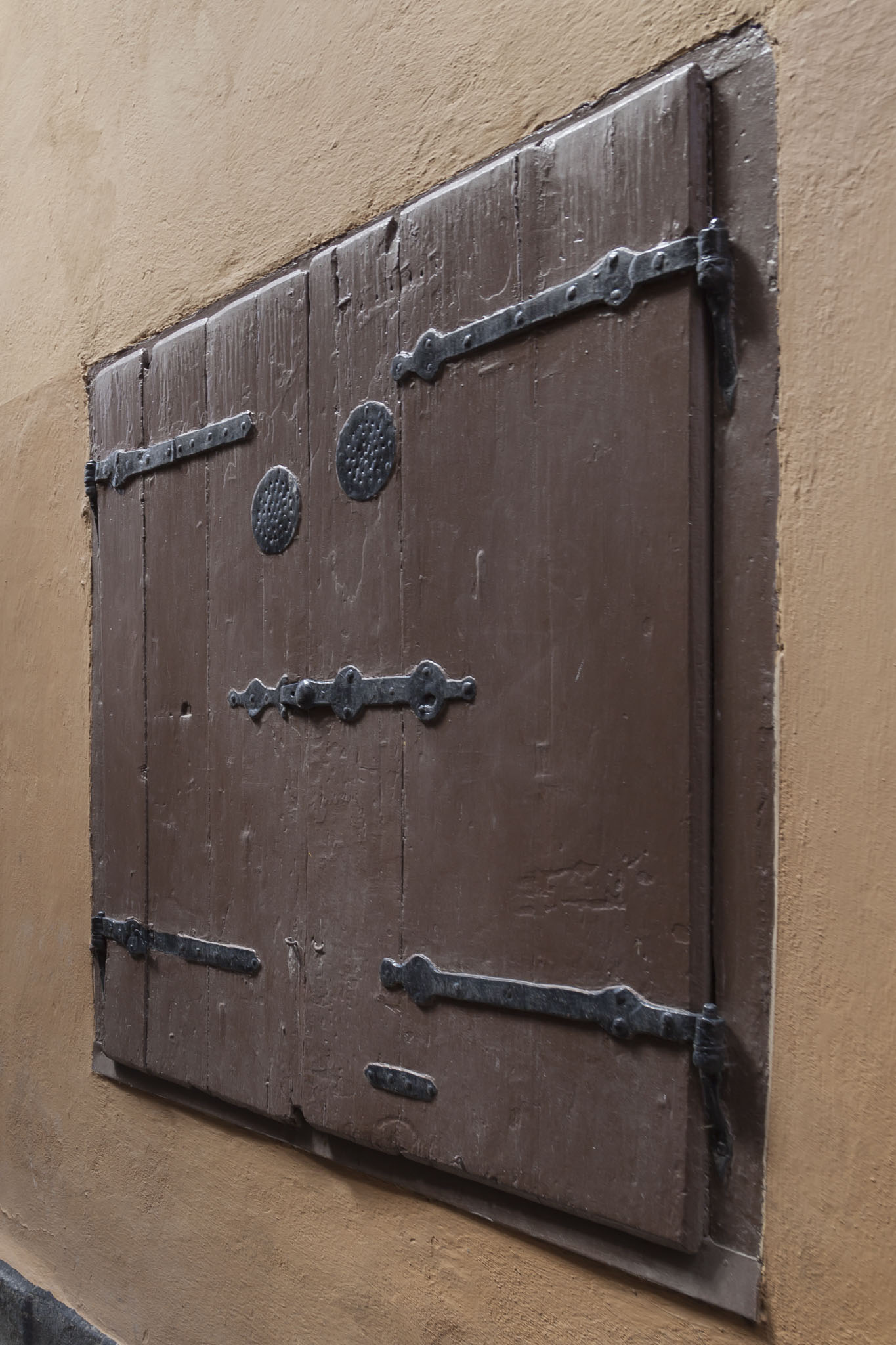
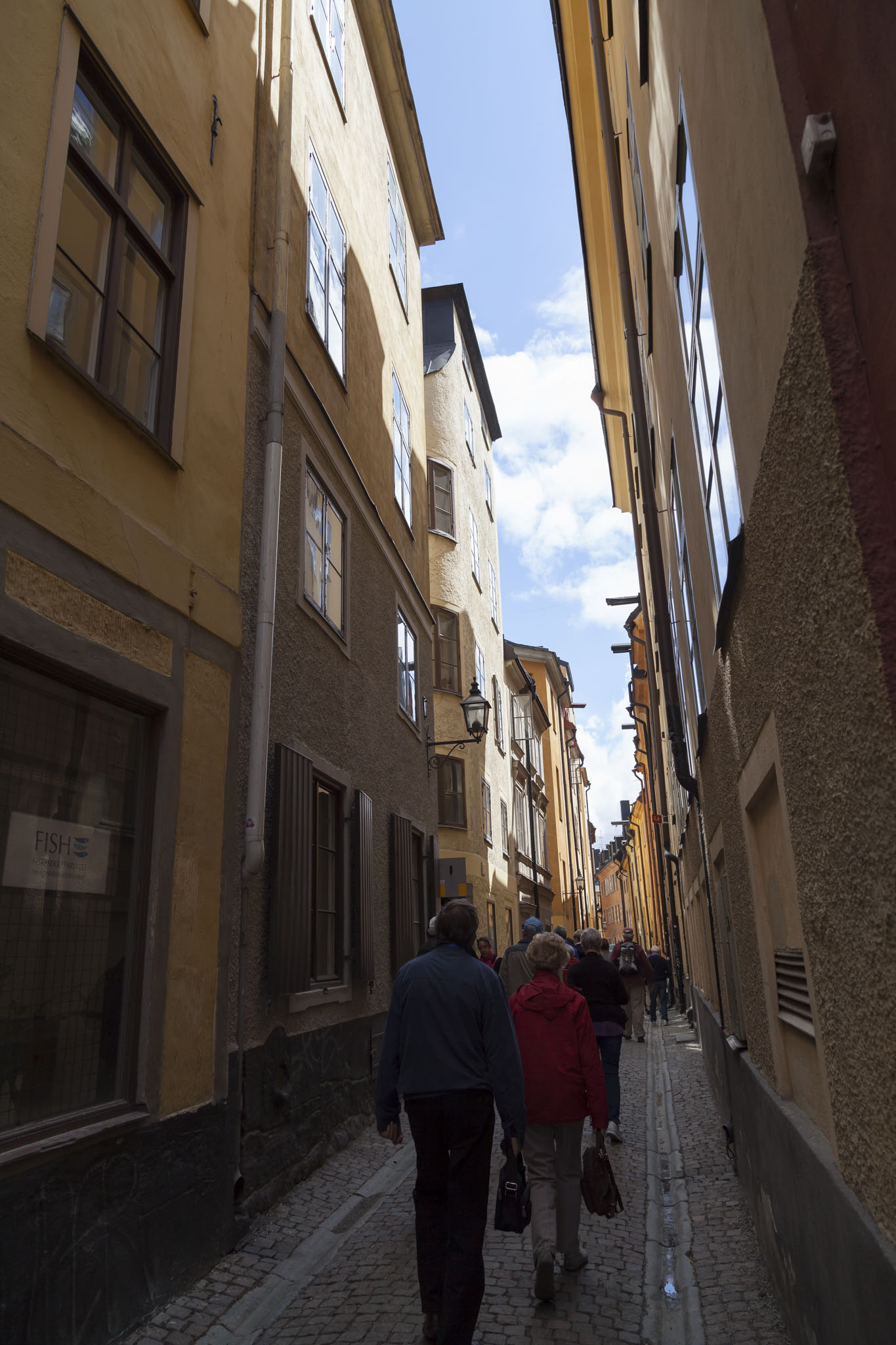
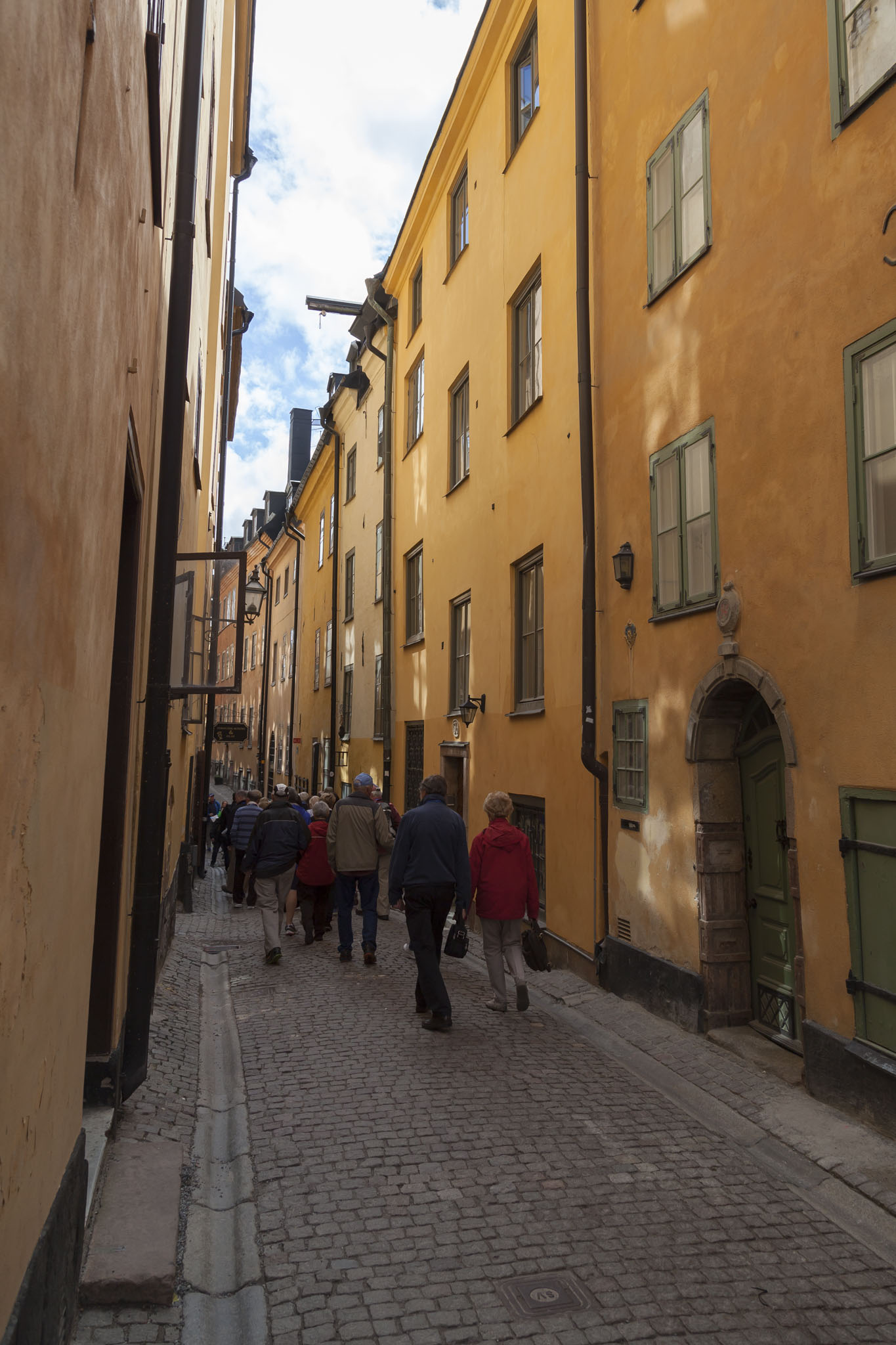
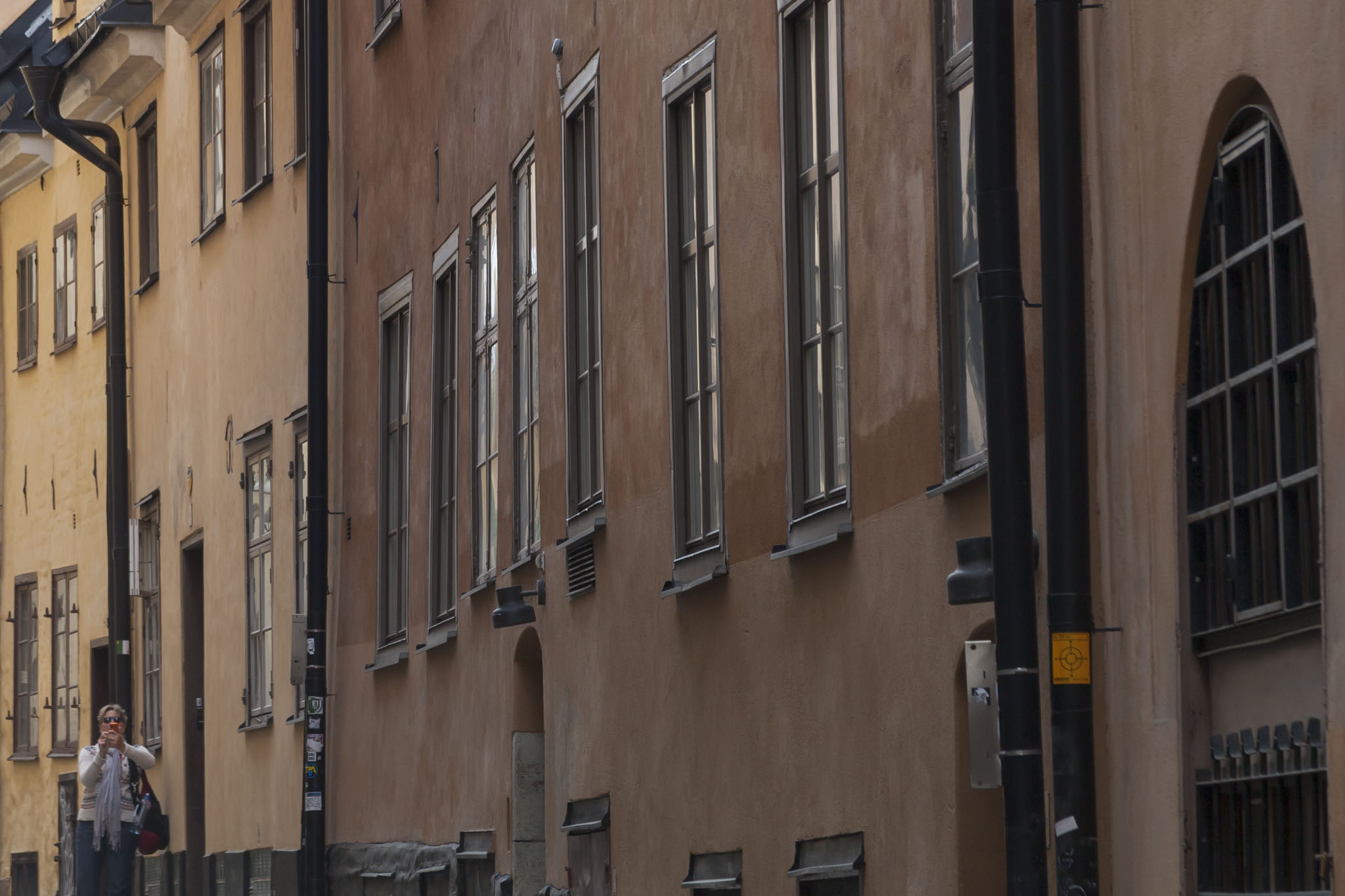
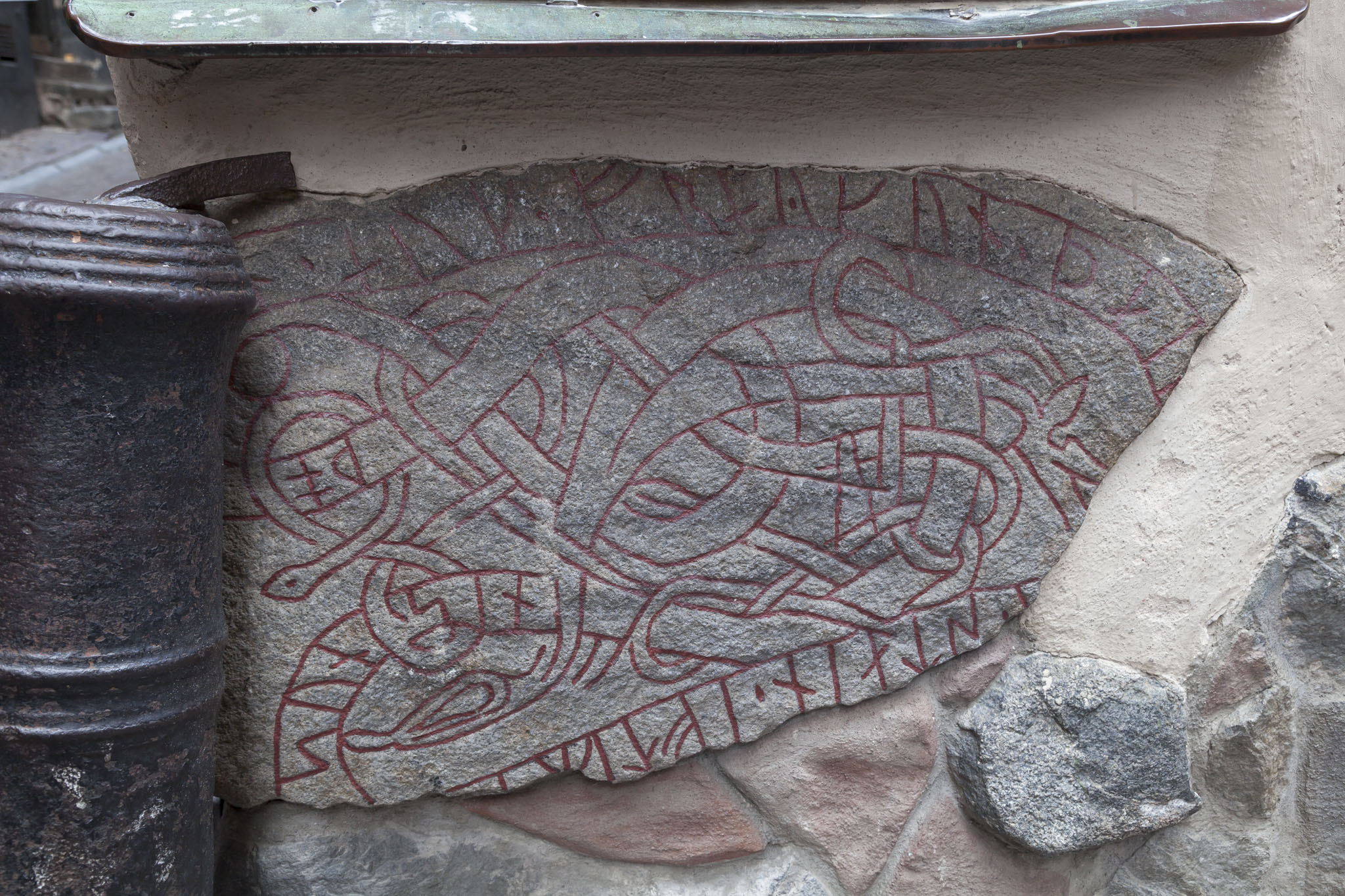
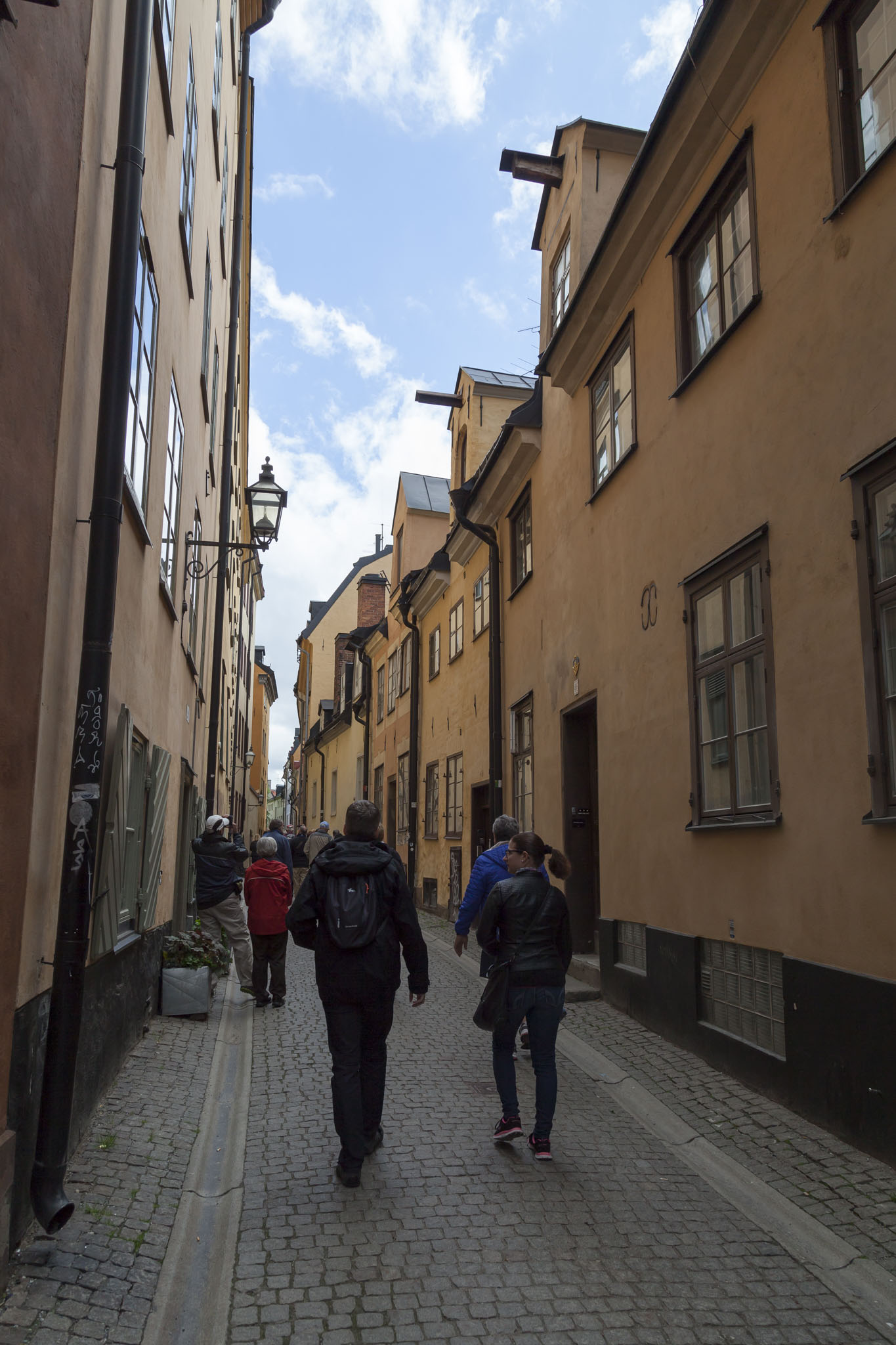
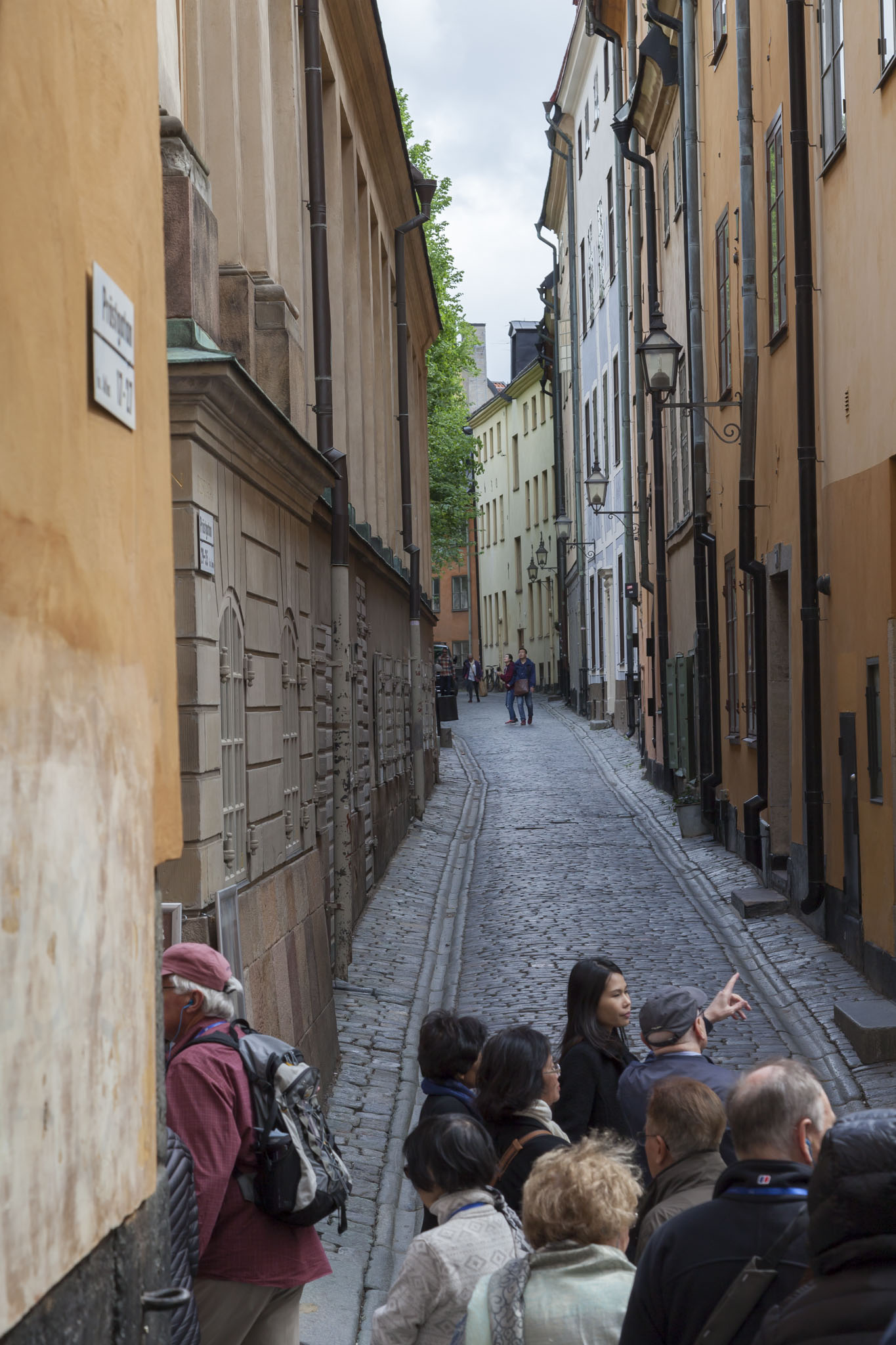
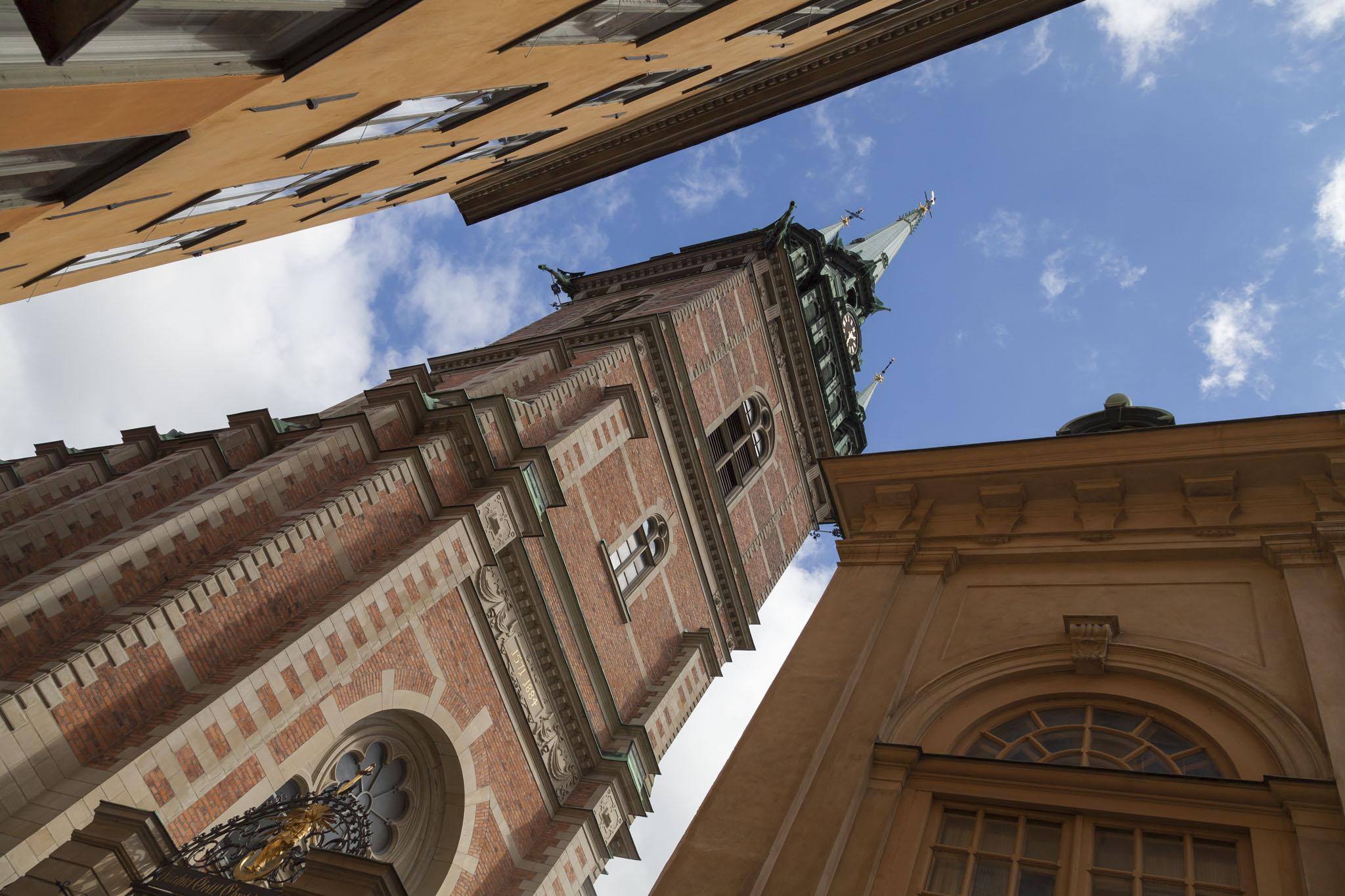
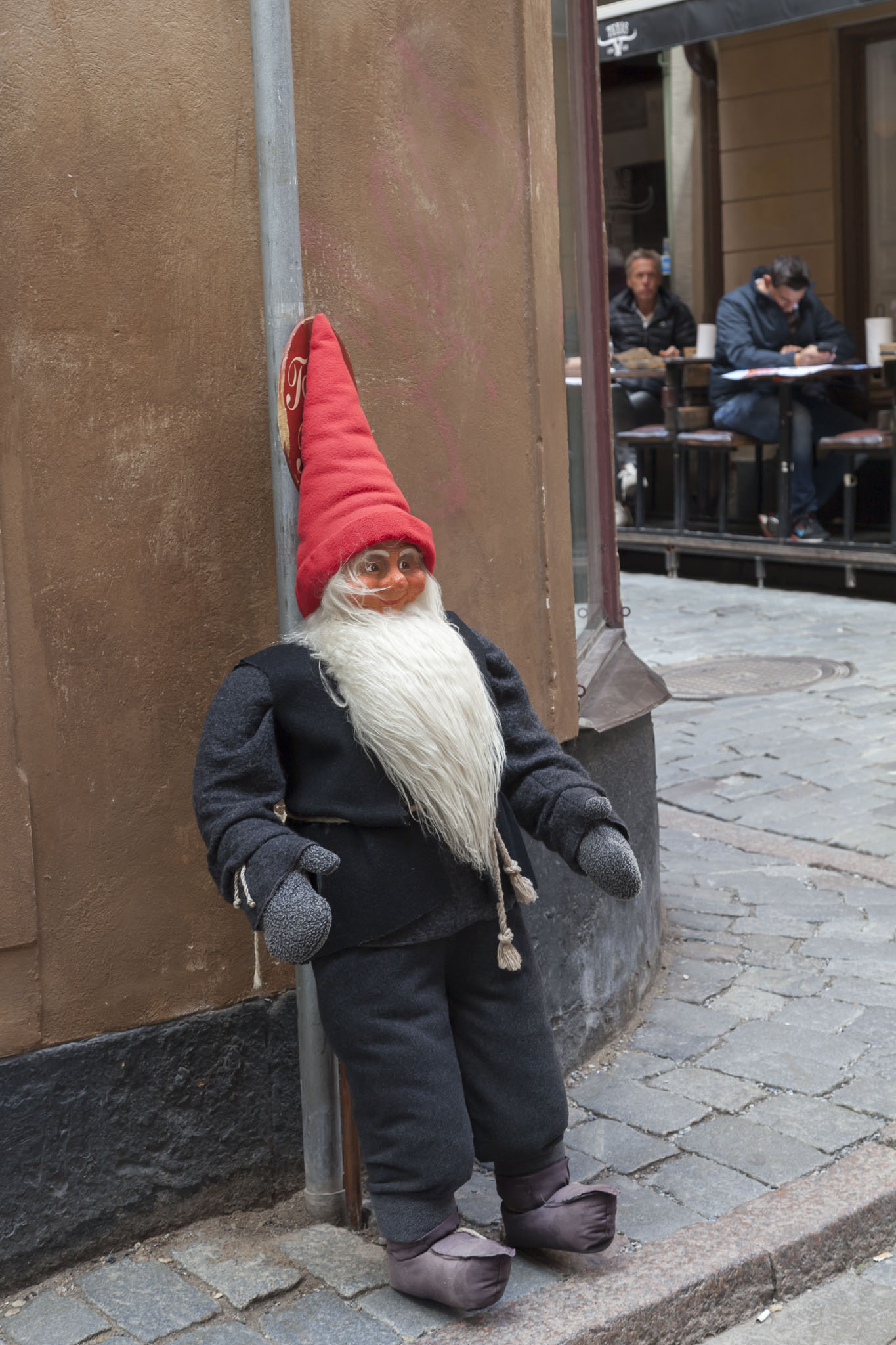
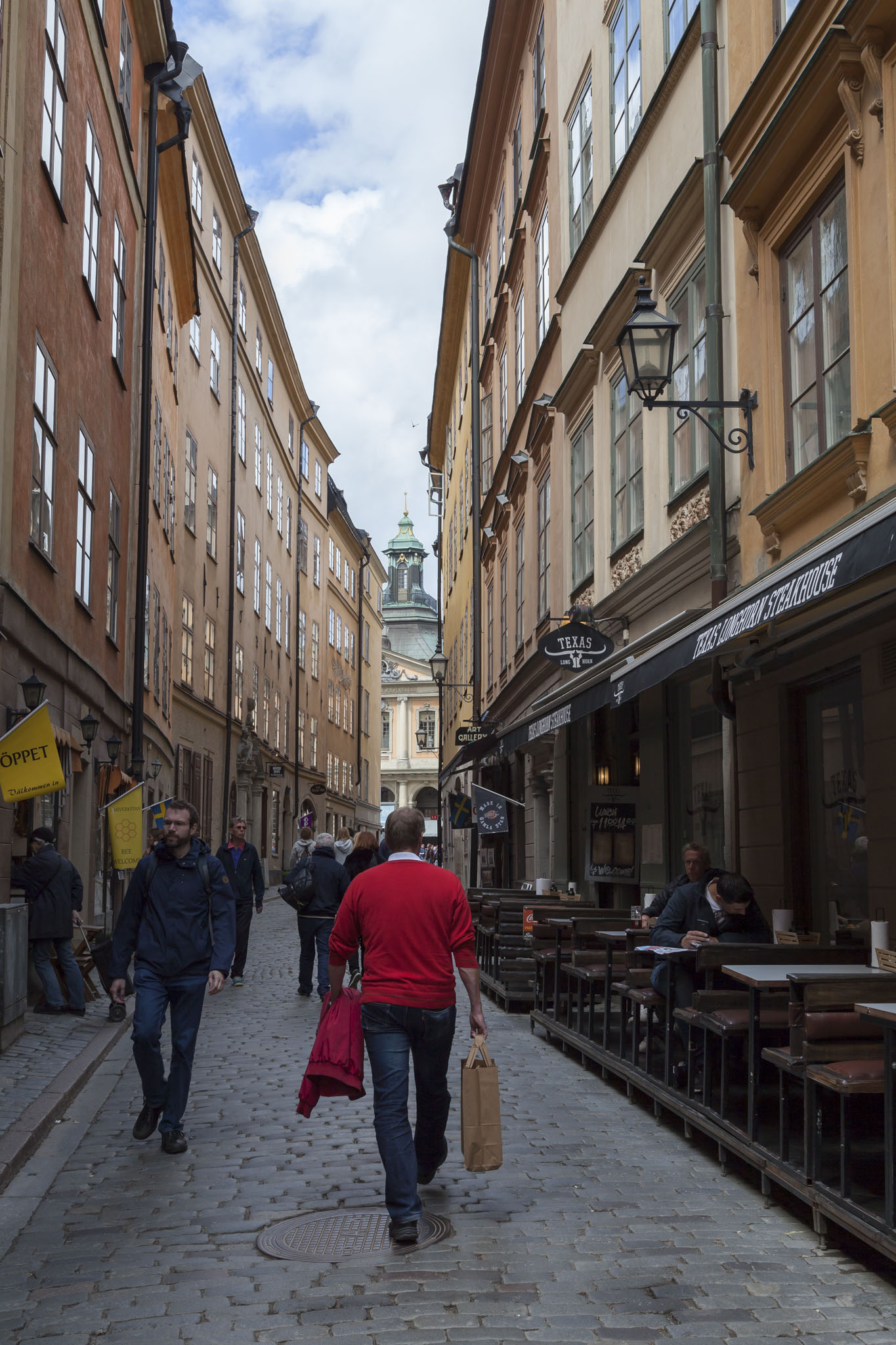
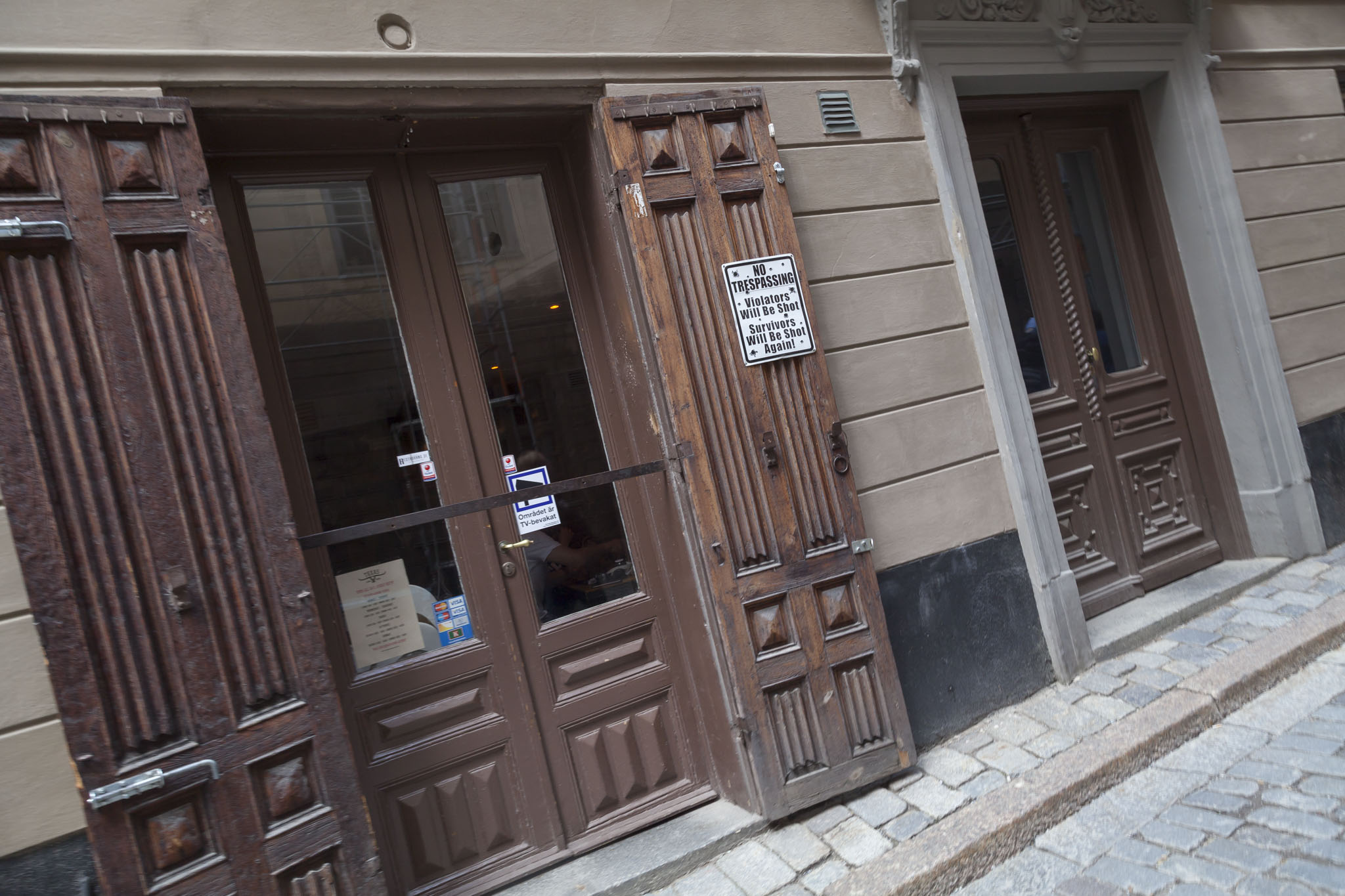
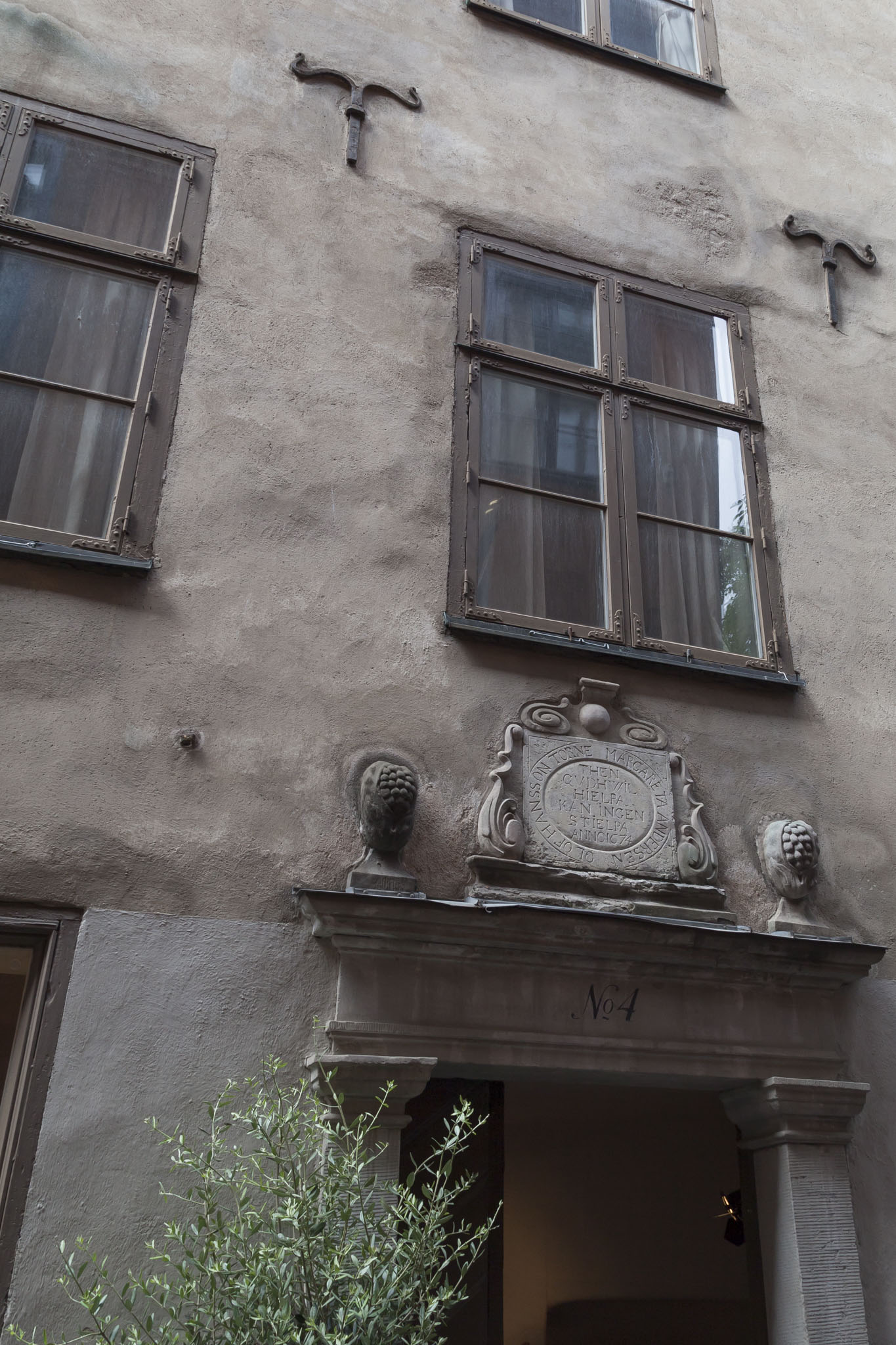
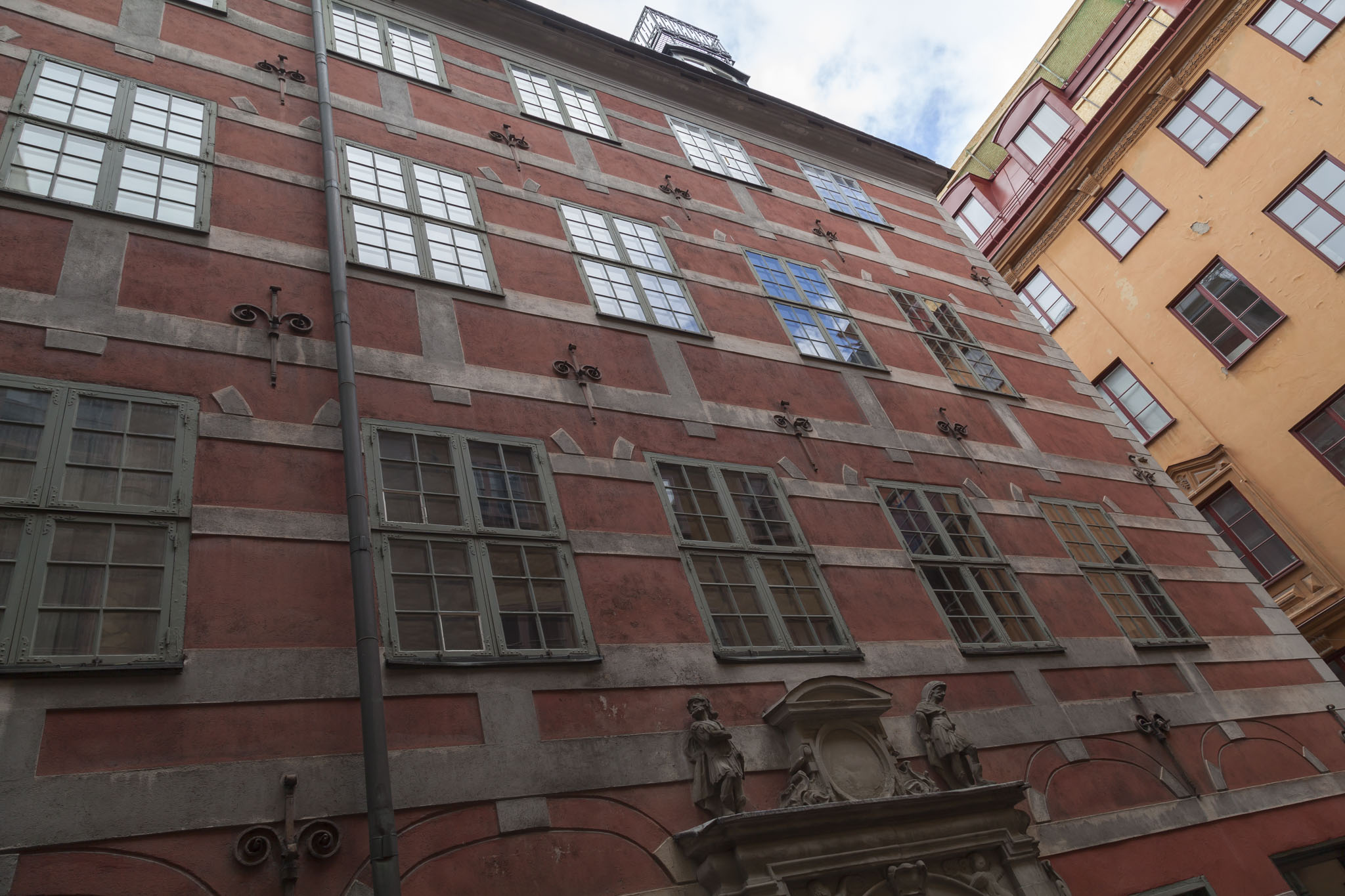
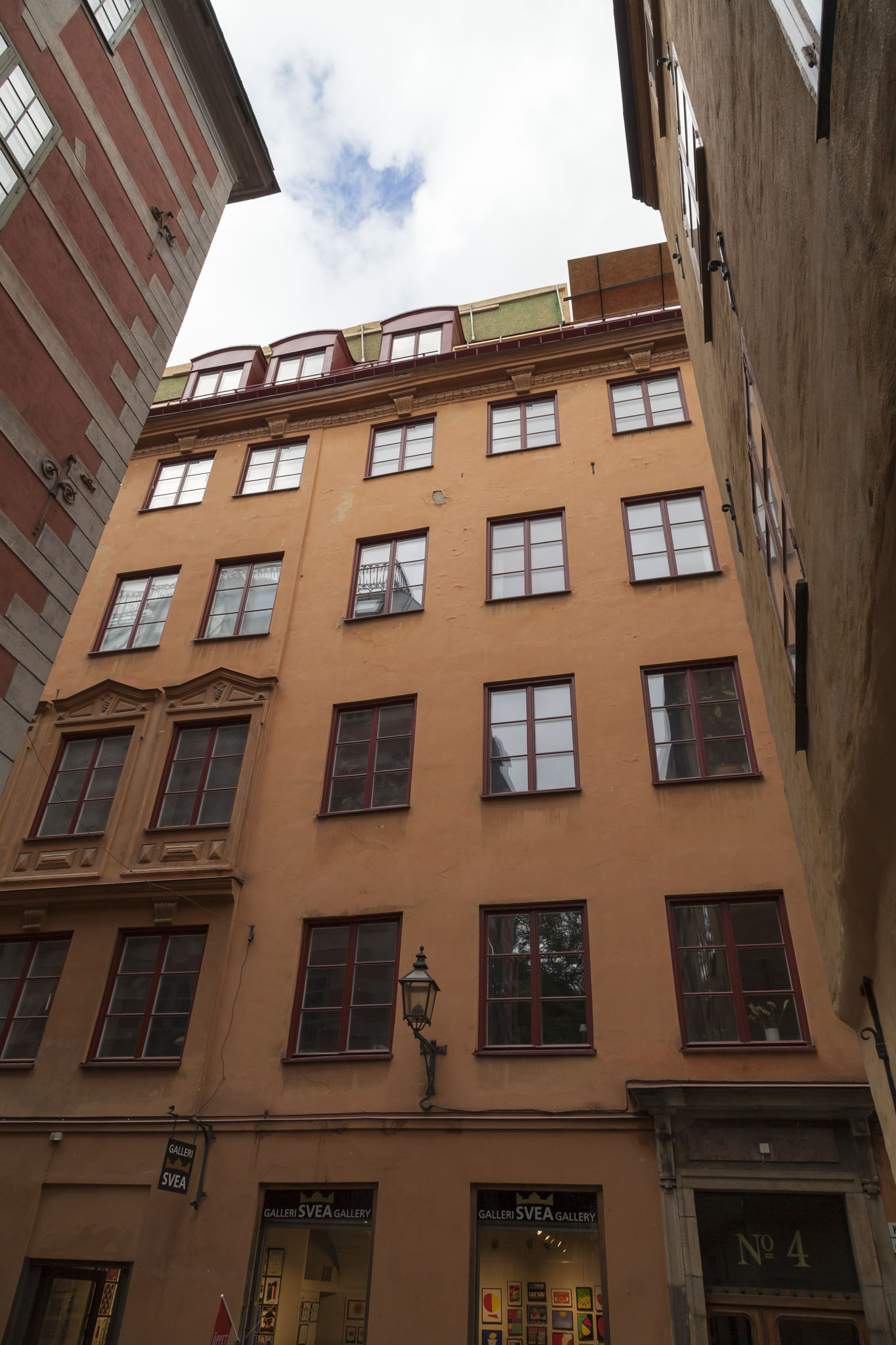
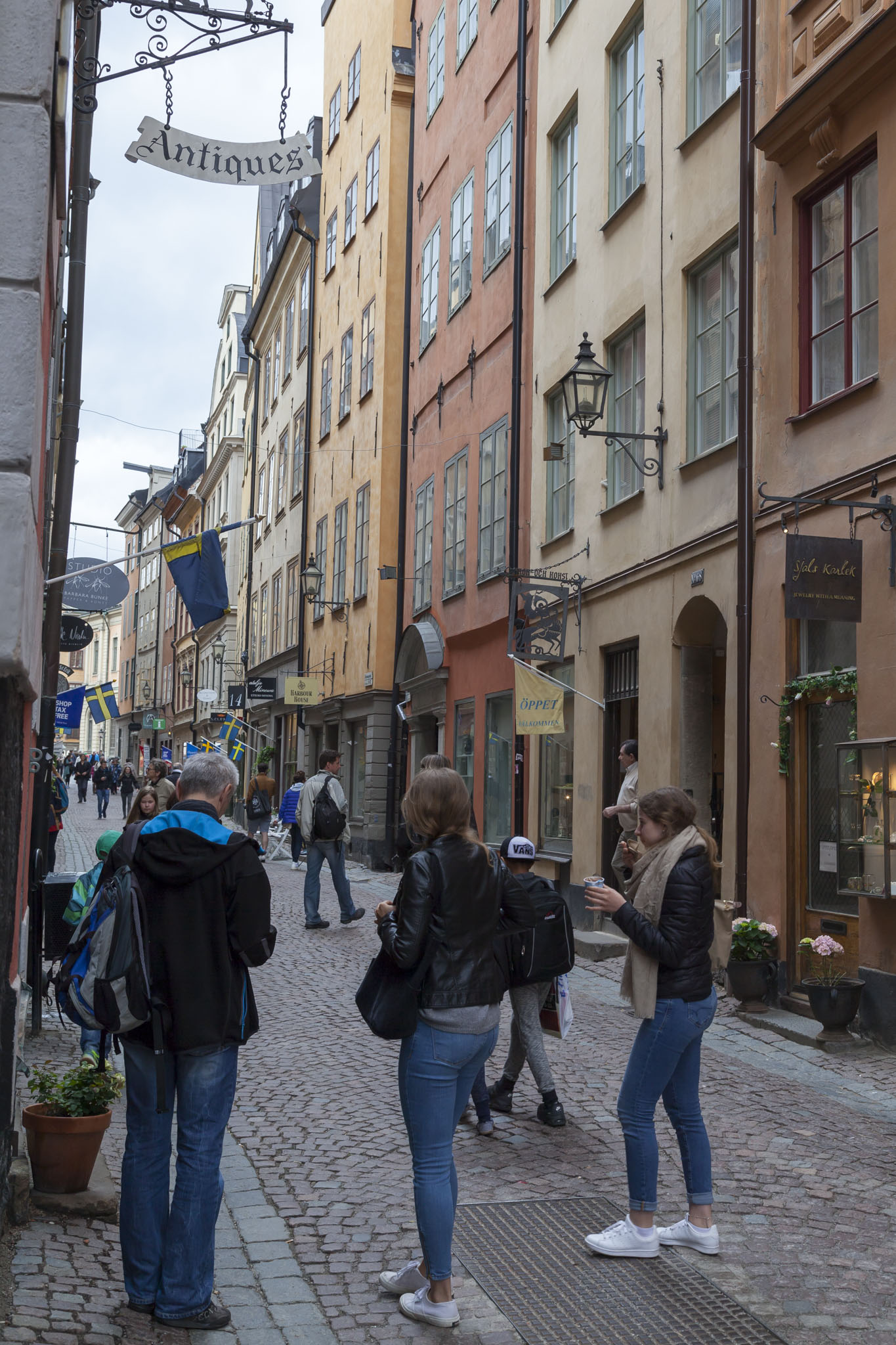
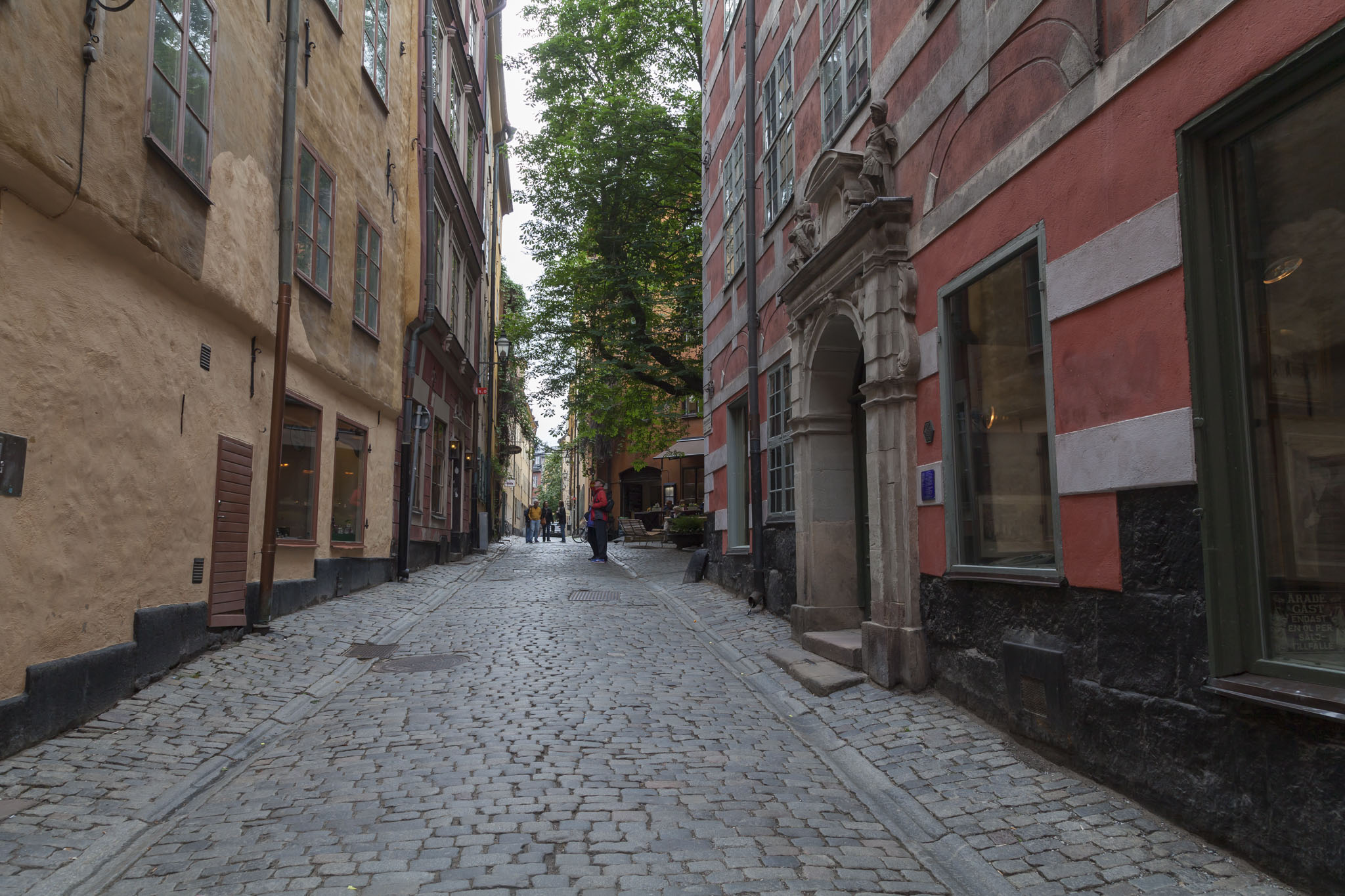
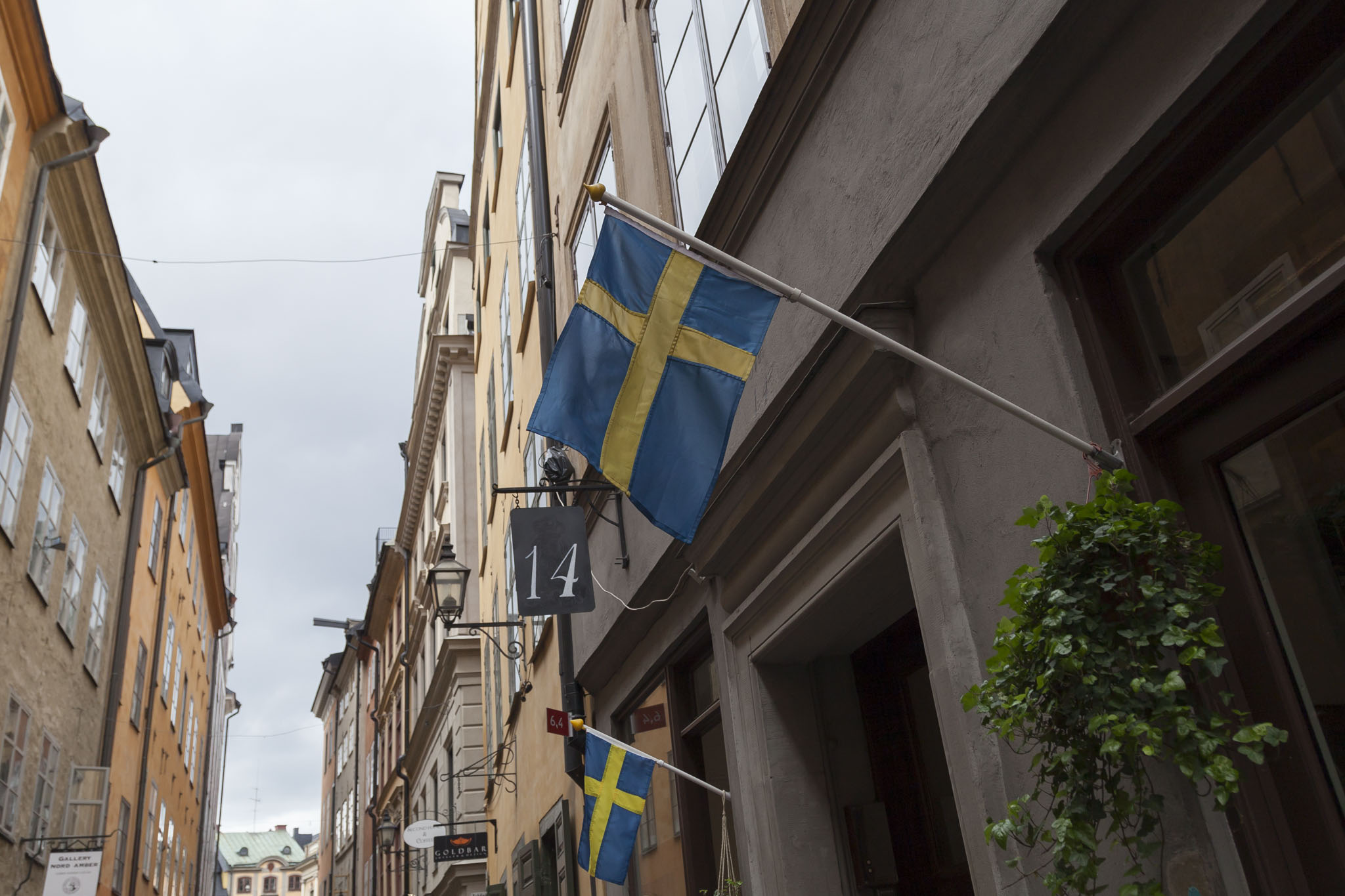
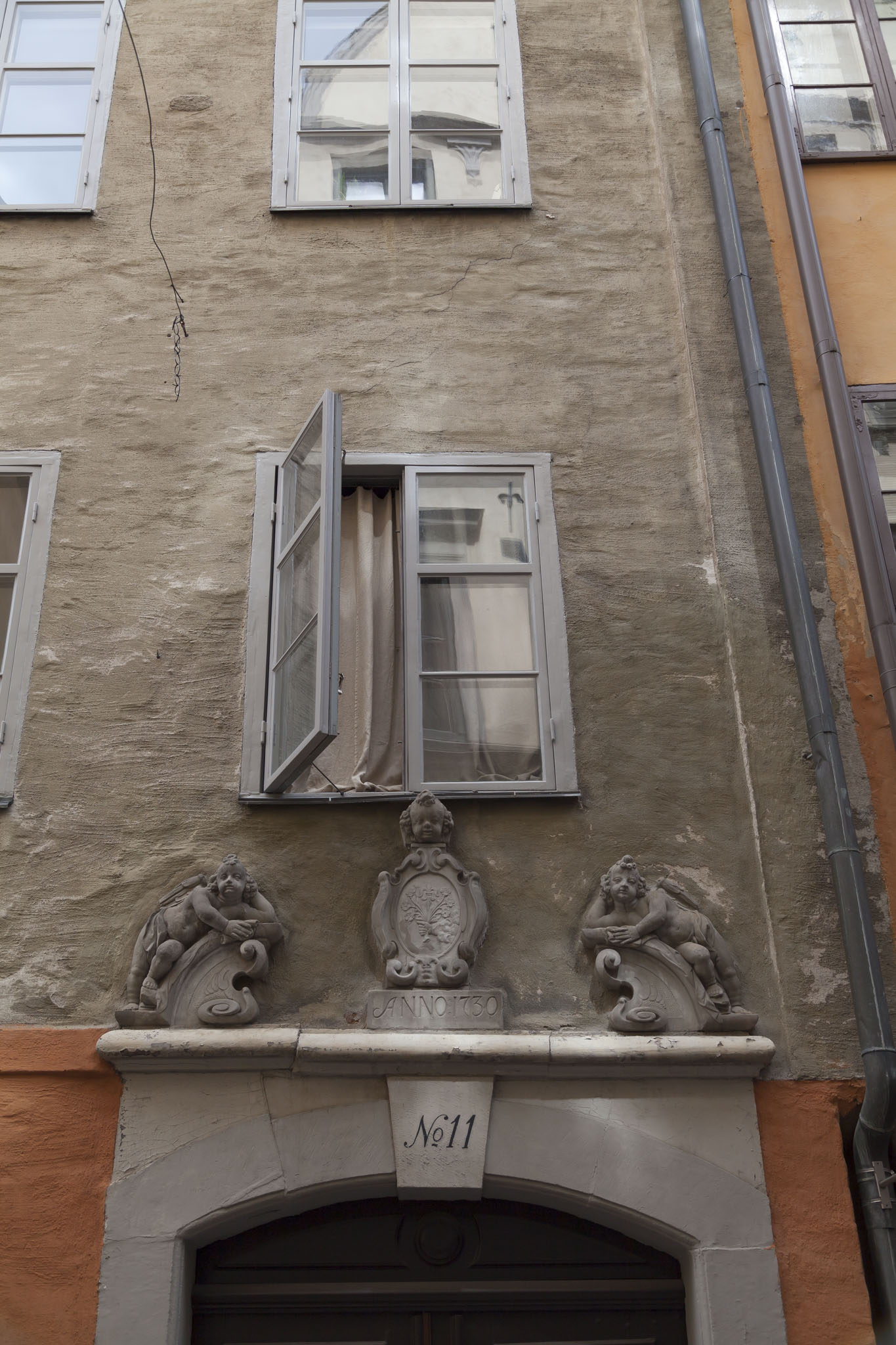
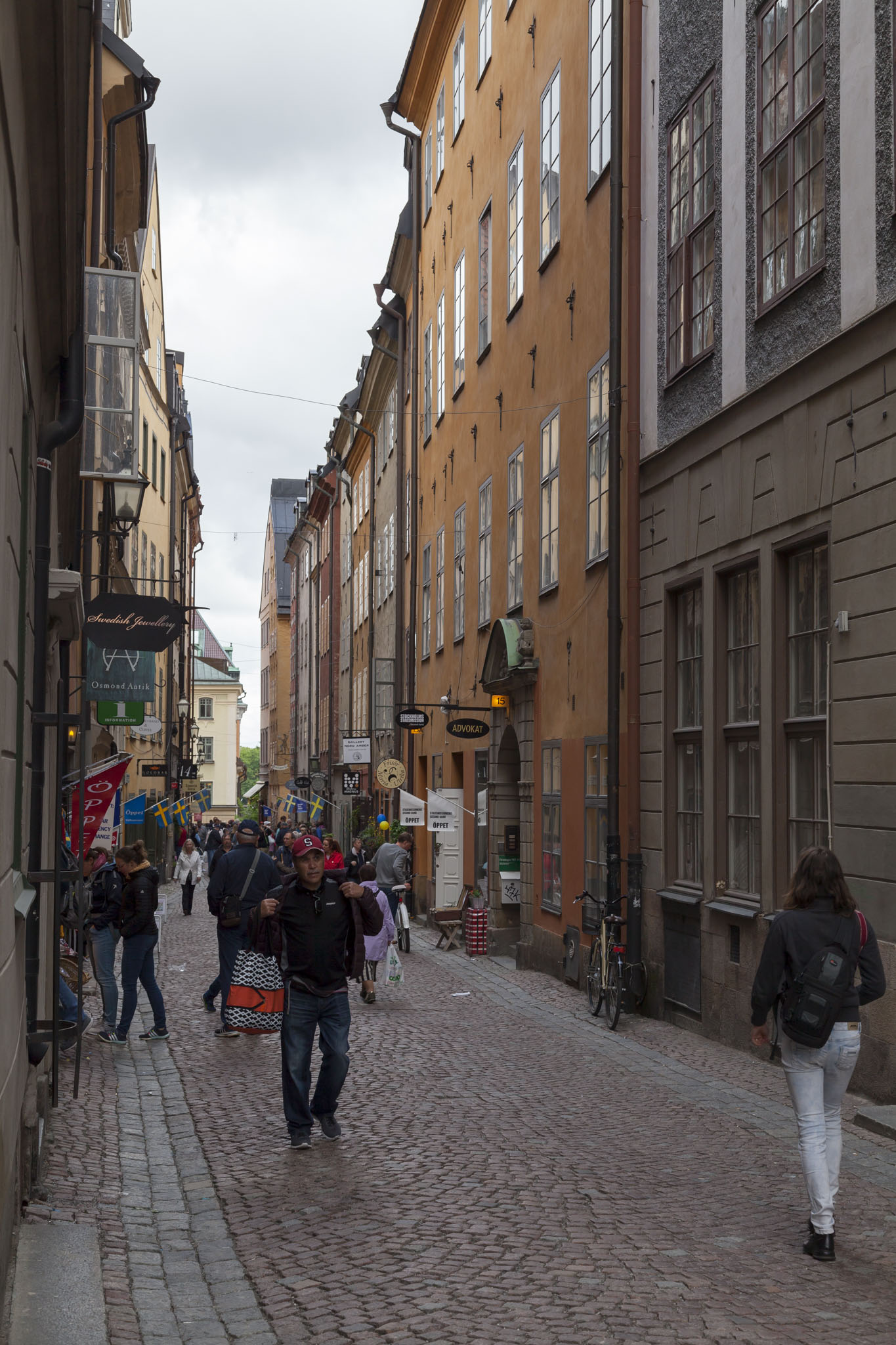
Stortorget (or Big Square) is one of the most visited areas of Gamla Stan and the most recognisable from photographs of the place. It is the oldest public square in Stockholm and apparently has a very impressive Chistmas market but as we were visiting in the middle of June we couldn’t really have been any further from seeing that. A nicely-decorated well in the square provided one focal point of interest but the square’s most famous sights are the buildings that surround it; colourful and with a fair bit of history behind many of them.
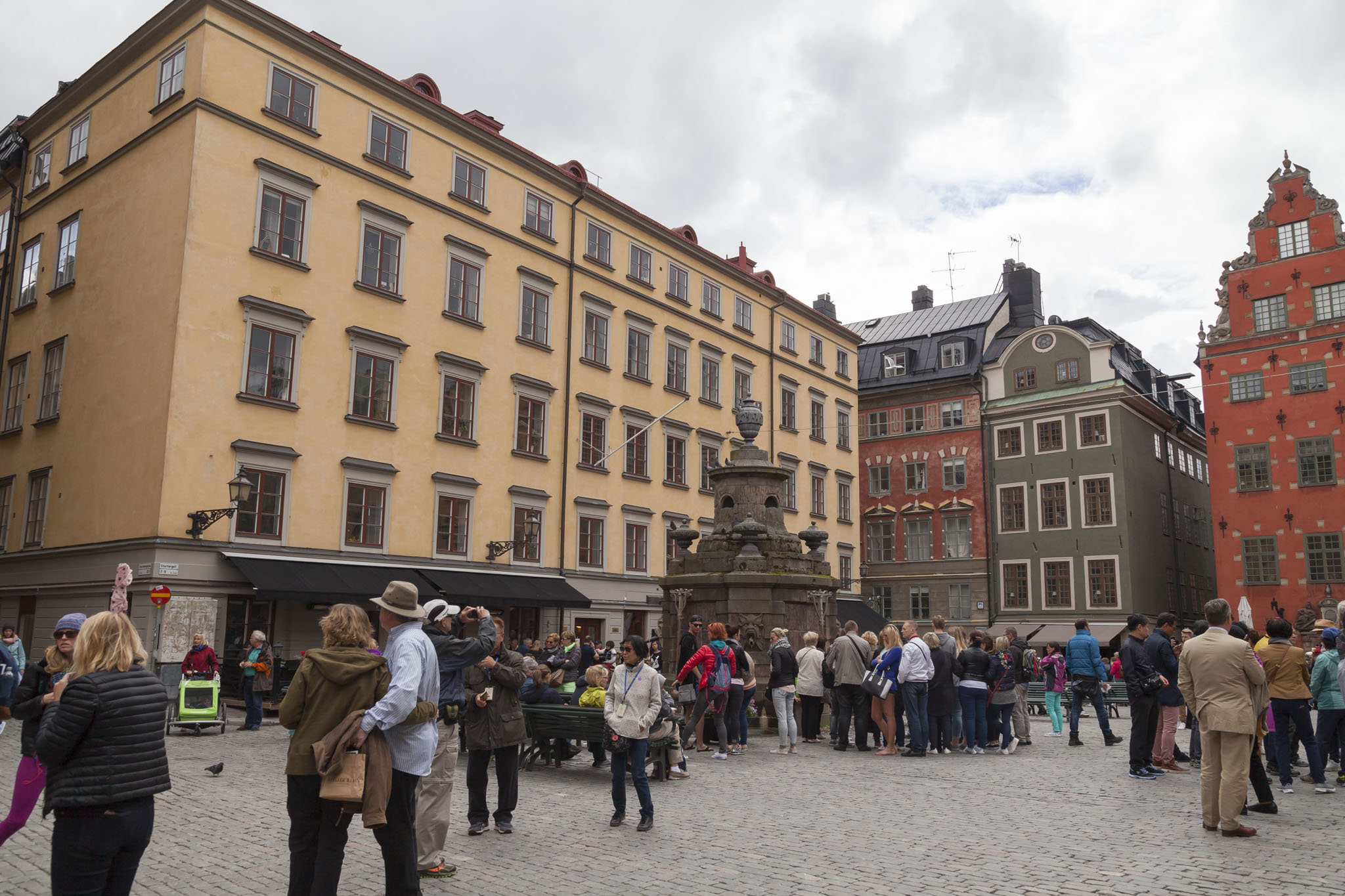
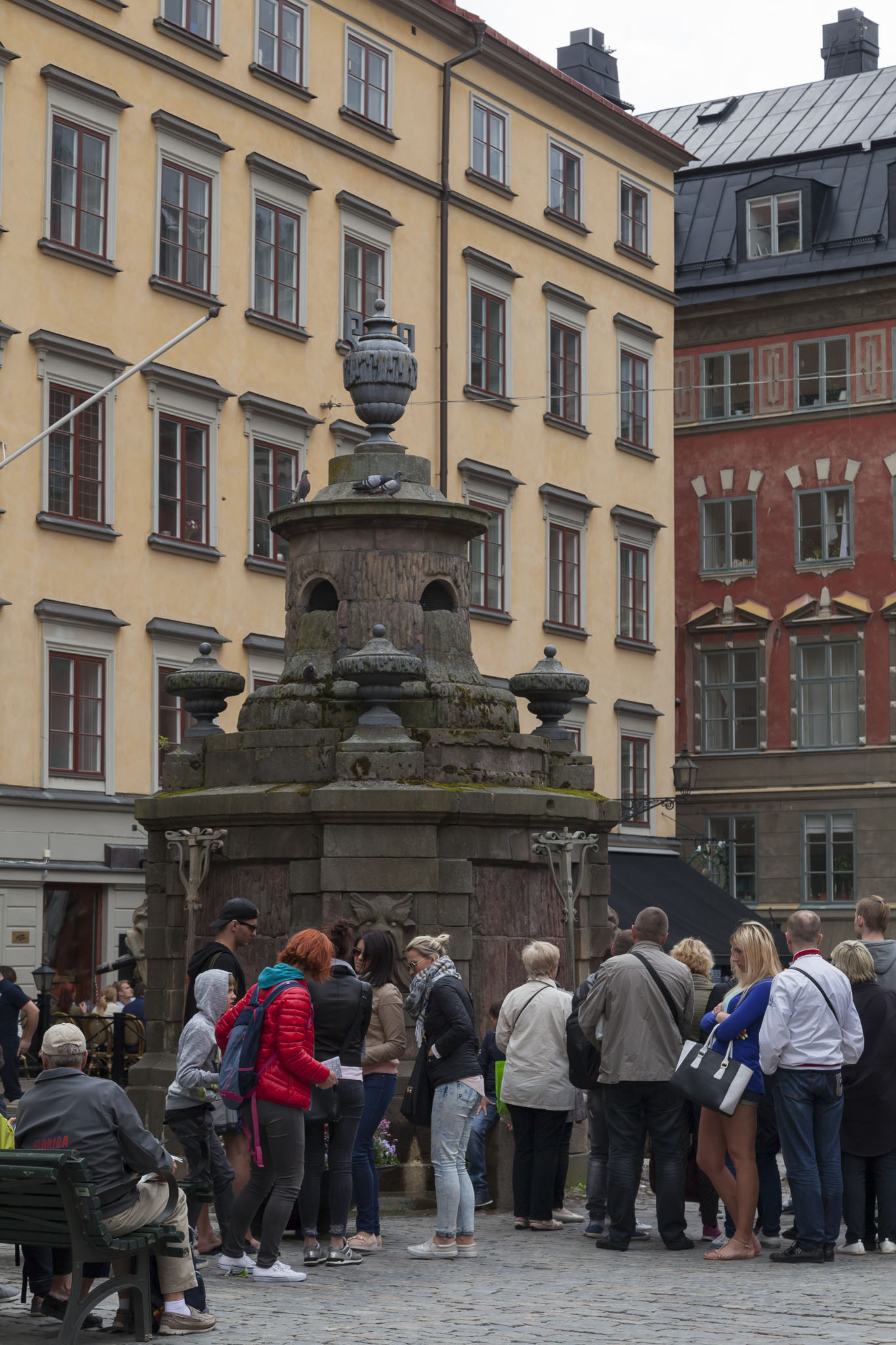
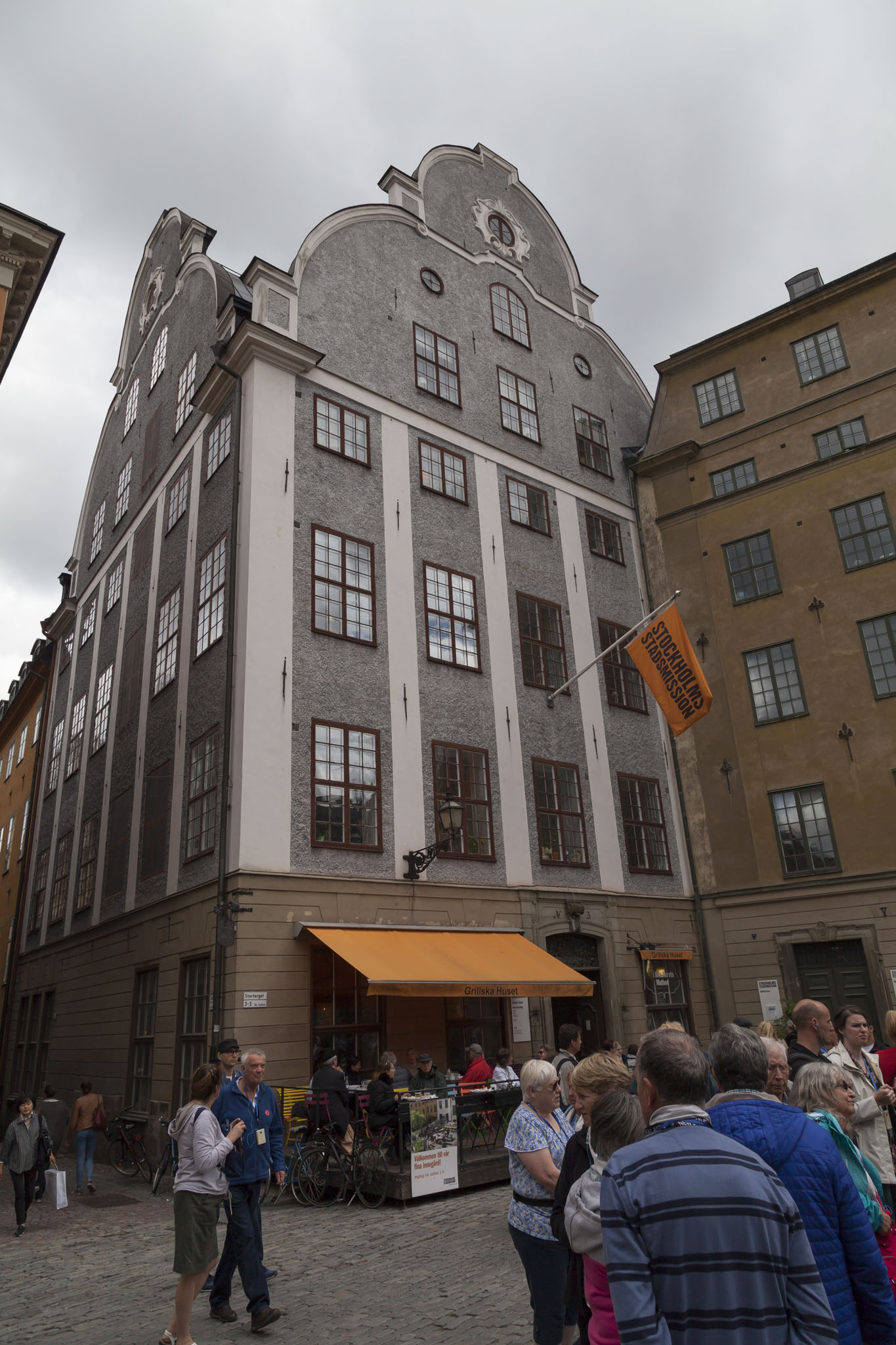
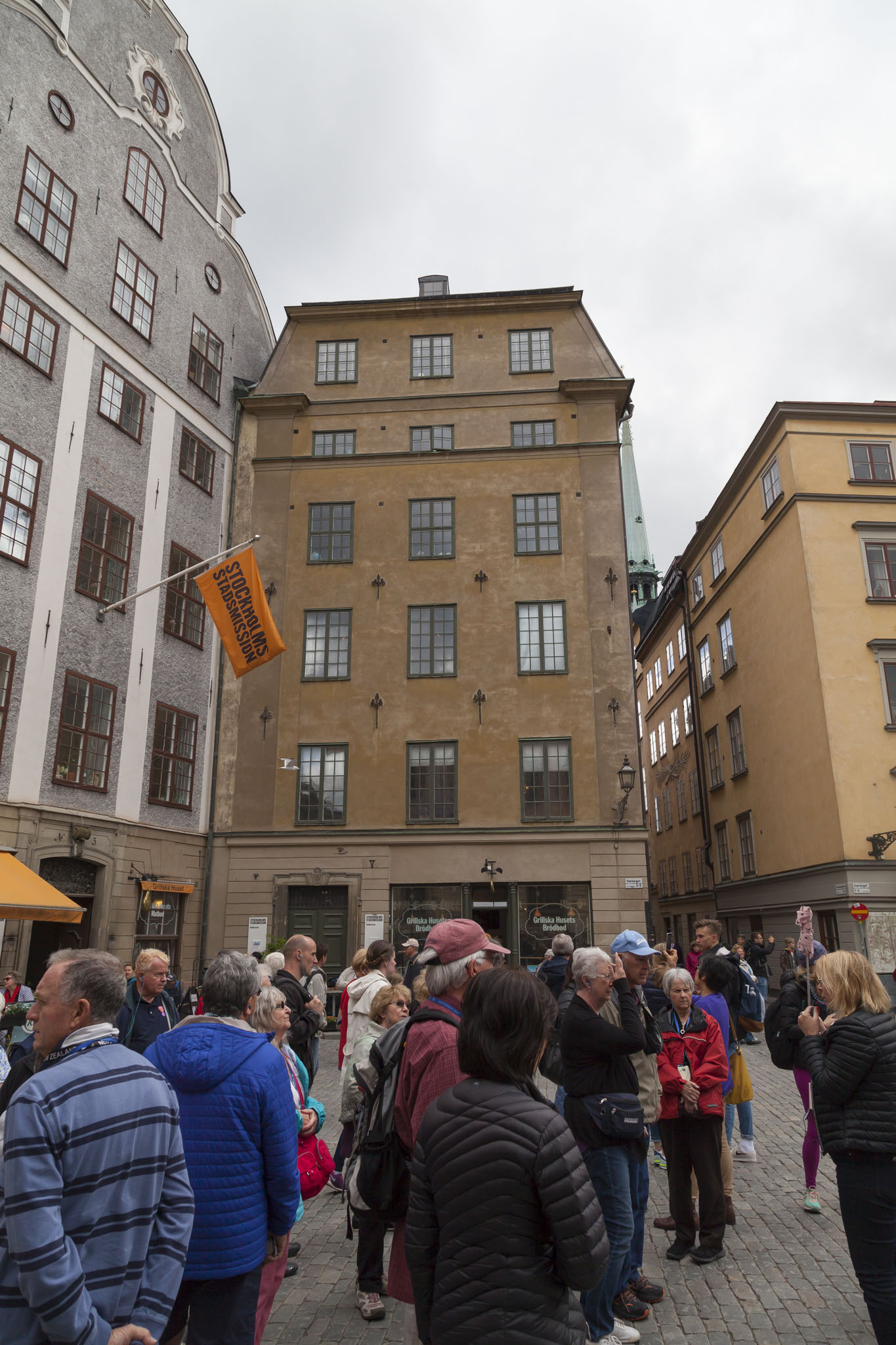
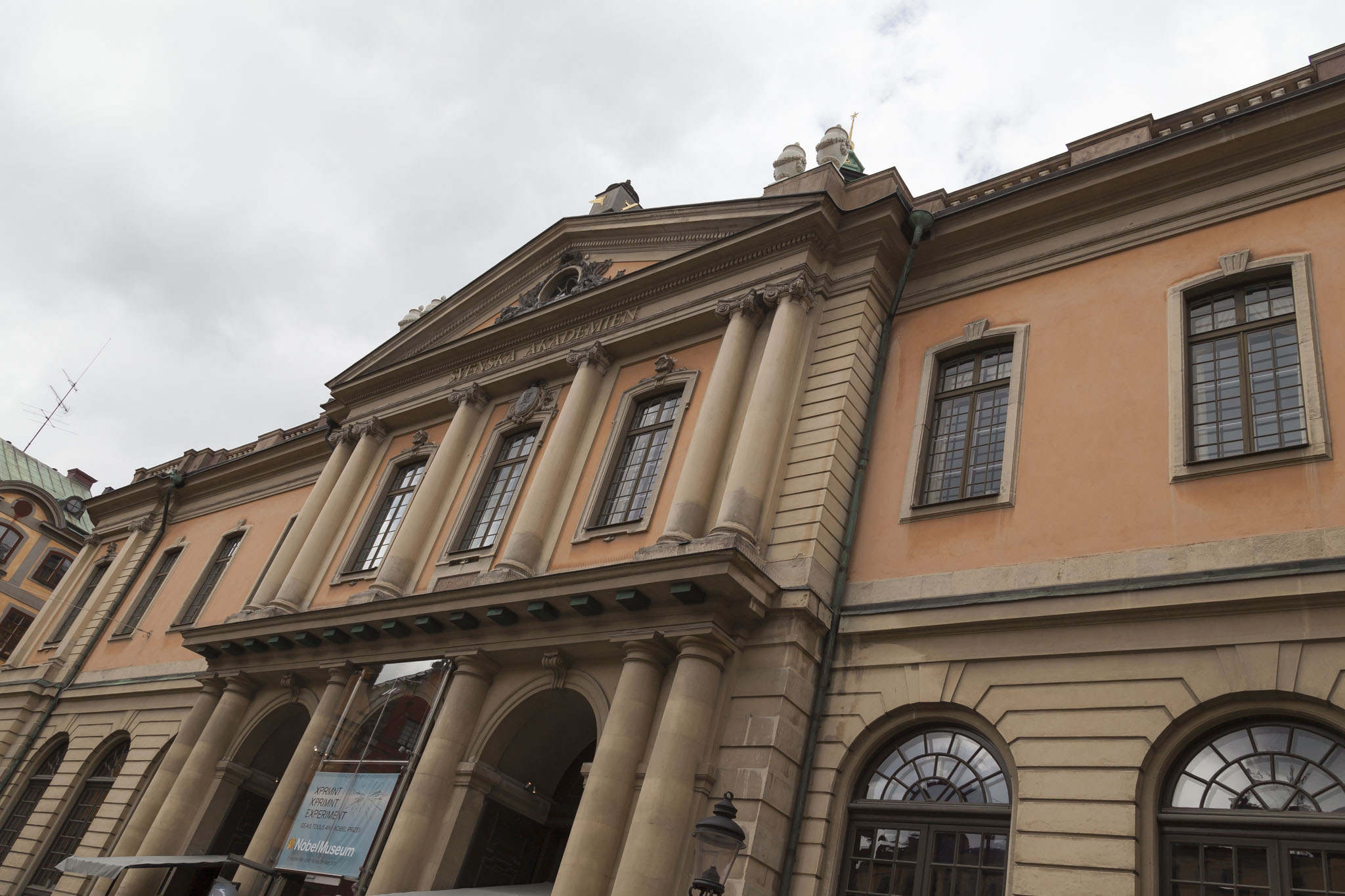

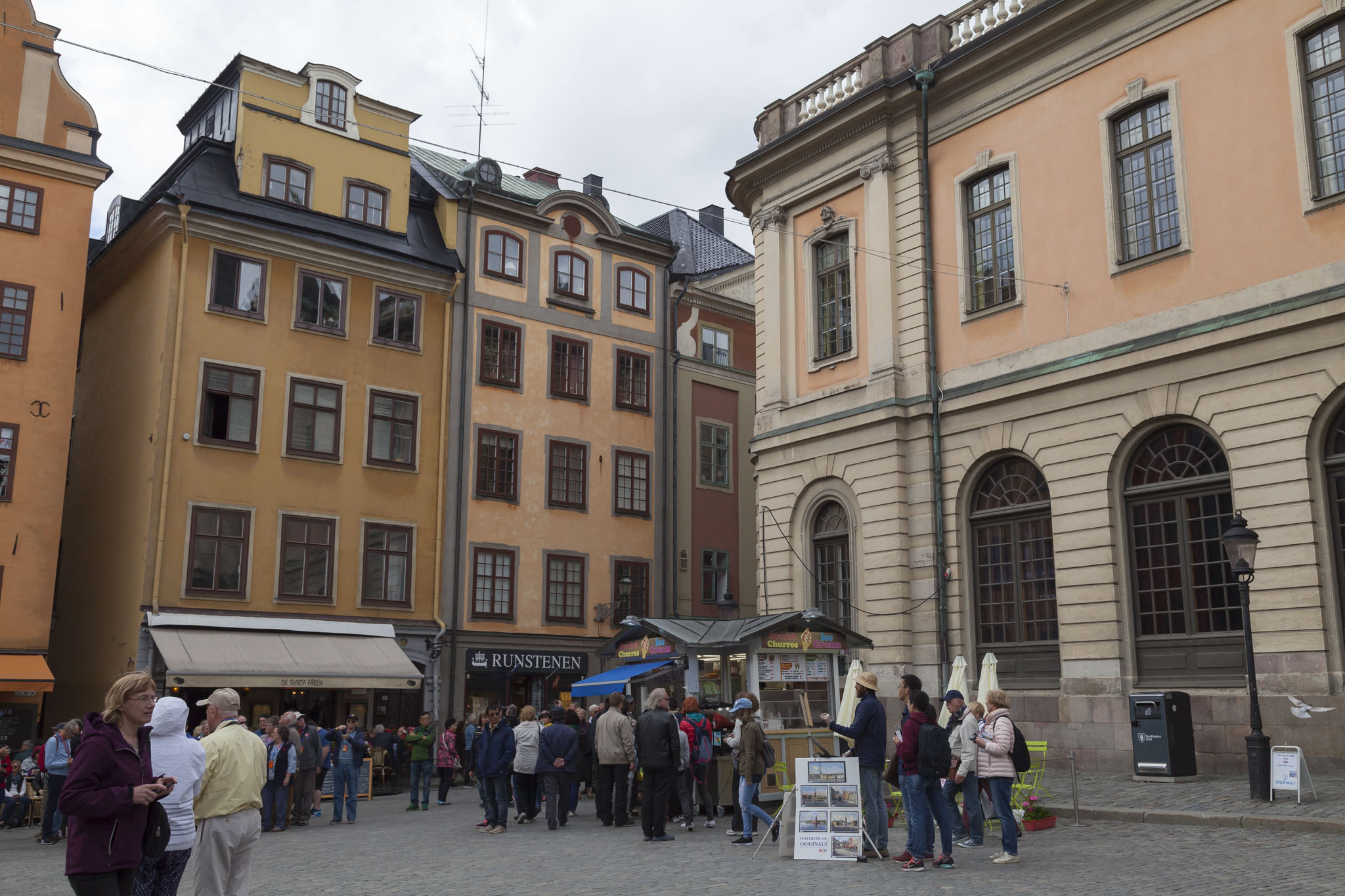
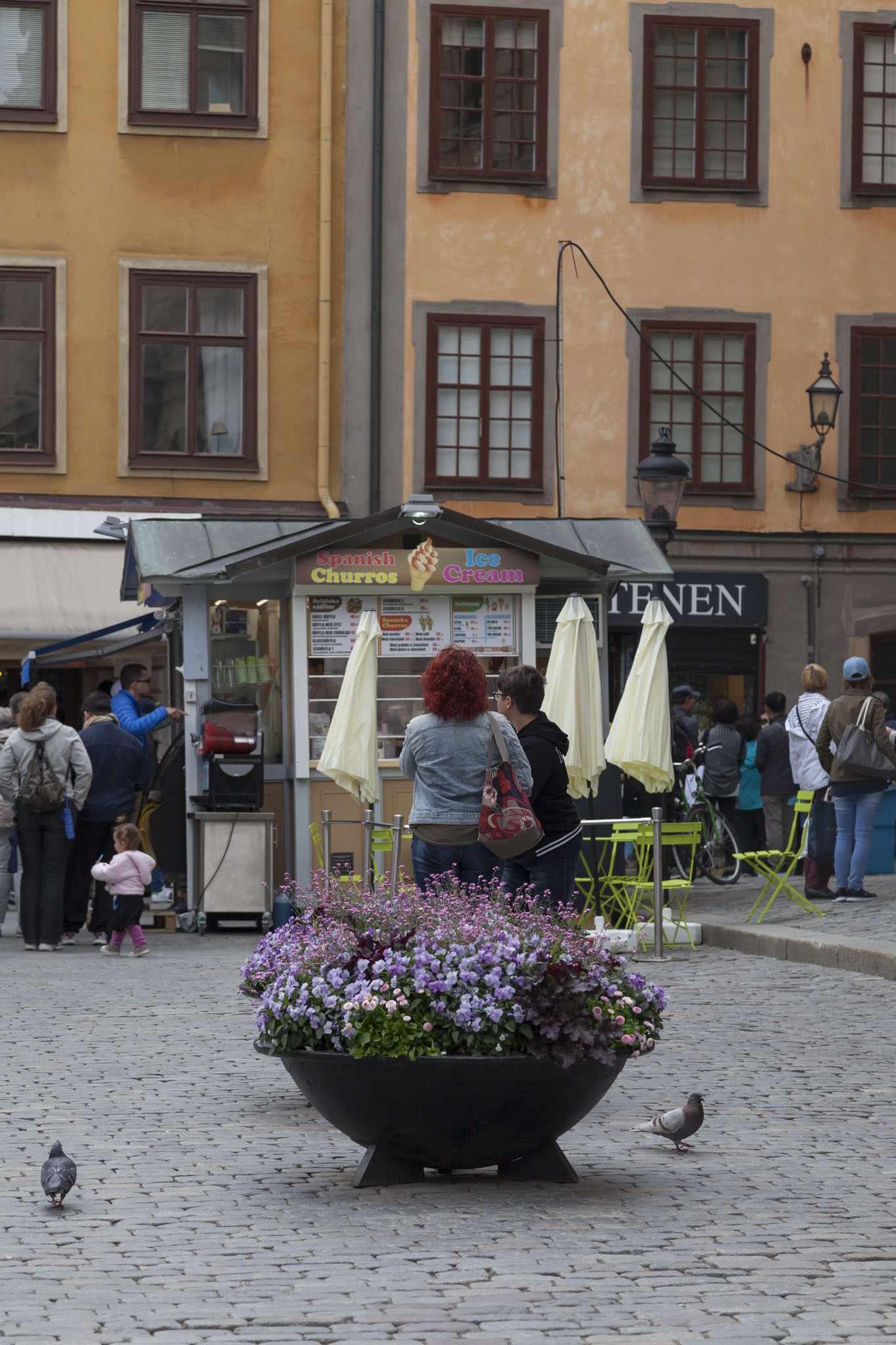
Stortorget itself has a famous past, being the location of the Stockholm Bloodbath in 1520:
In November 1520 […] the Danish-Swedish king Christian II beheaded and hanged 90 people. This deed was accomplished notwithstanding the reprieve proclaimed by Queen Christina Gyllenstierna following four months of Danish siege. […] The executioners beheaded archbishops, councillors, noblemen, and city magistrates indiscriminately, including Erik Johansson Vasa, father of the succeeding king Gustav Vasa who escaped the fate of his father by hiding. All bodies were burned on Södermalm together with the body of the dead regent Sten Sture. The Danish king, satisfied with having pacified Sweden, returned to Denmark in December, drowning a few monks during the trip, while ignoring the dawning insurrection in Dalarna.
They did a good job with mopping up the blood and you wouldn’t have known it had been the scene of such terror if I hadn’t just mentioned it.
We finished off our visit to this old part of Sweden’s capital city by walking back to our coach outside the palace once more. As we boarded we saw a group of cadets (I’m guessing) lining up for some reason. I’d like to think they were seeing us off. Terribly polite people, the Swedes.
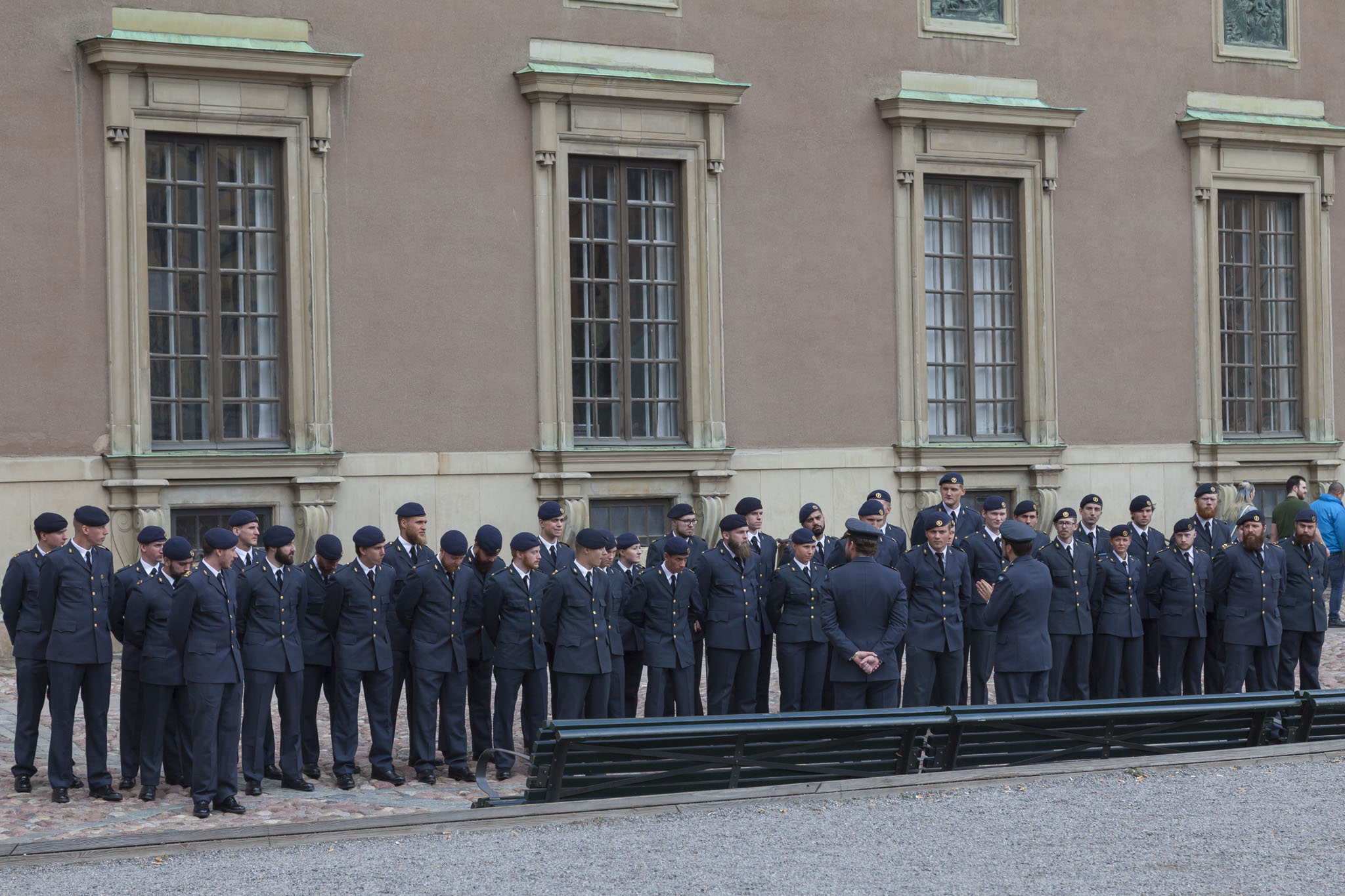
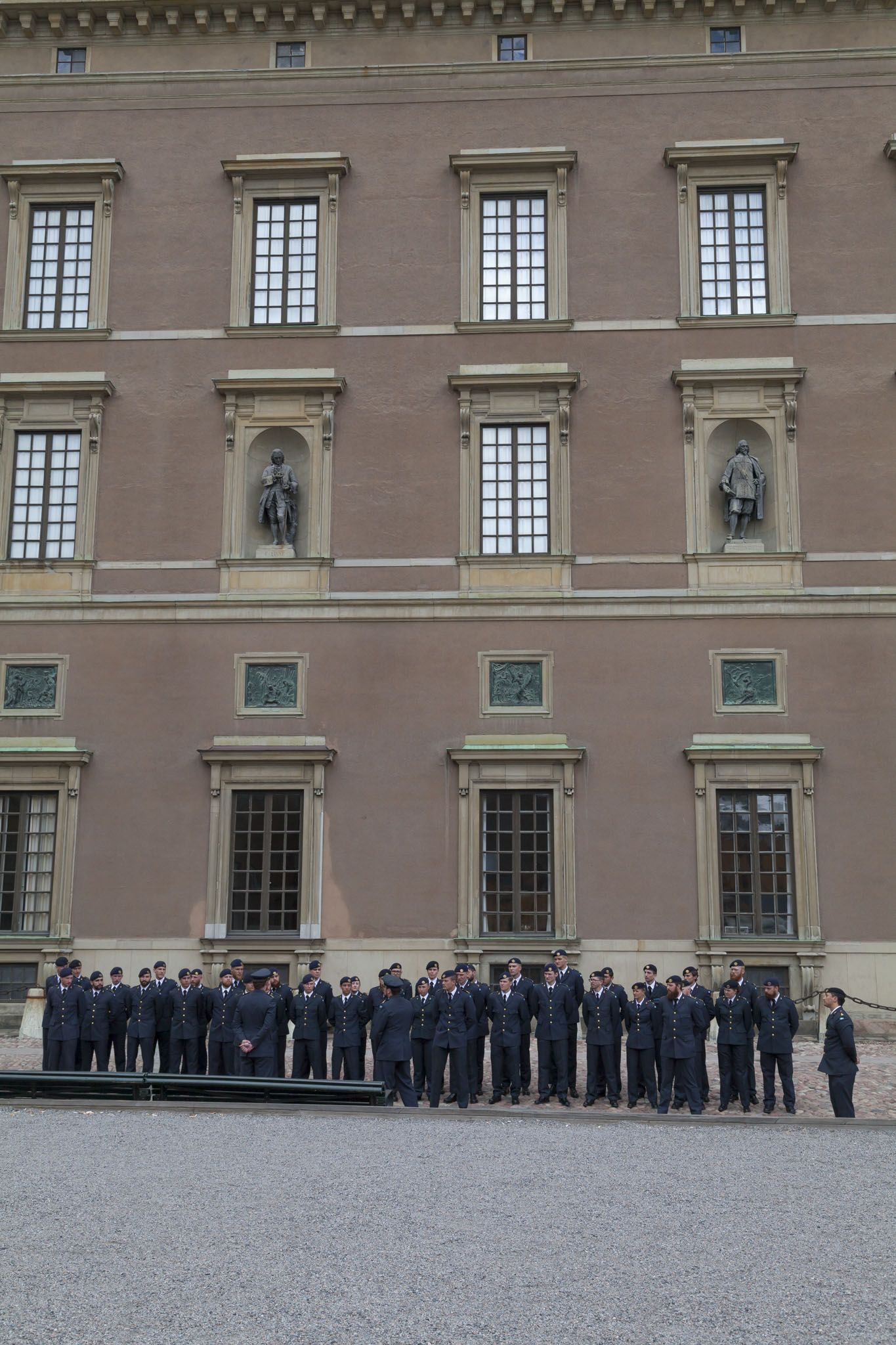
Gamla Stan was a very pleasant place but I think I would have enjoyed it more just knowing the history in advance then taking some time to explore on my own with a map. The guided walking tour was informative but restrictive and with some more time we’d have had a chance to explore the cathedral and palace as well as take in some shopping or dining options in the attractive area. Still, definitely worth a visit, and more official tourist information can be found here: Visit Stockholm: Gamla Stan.

